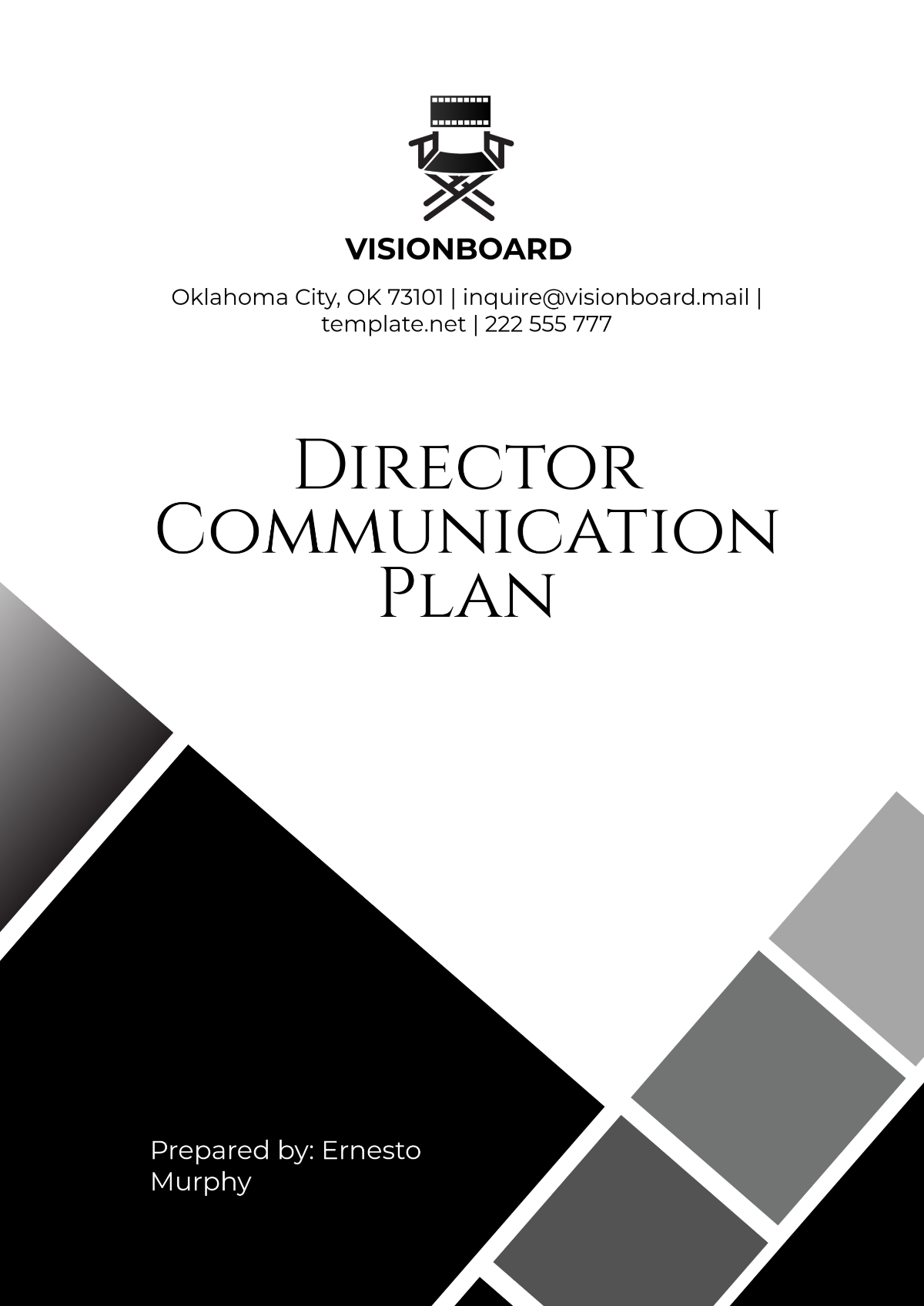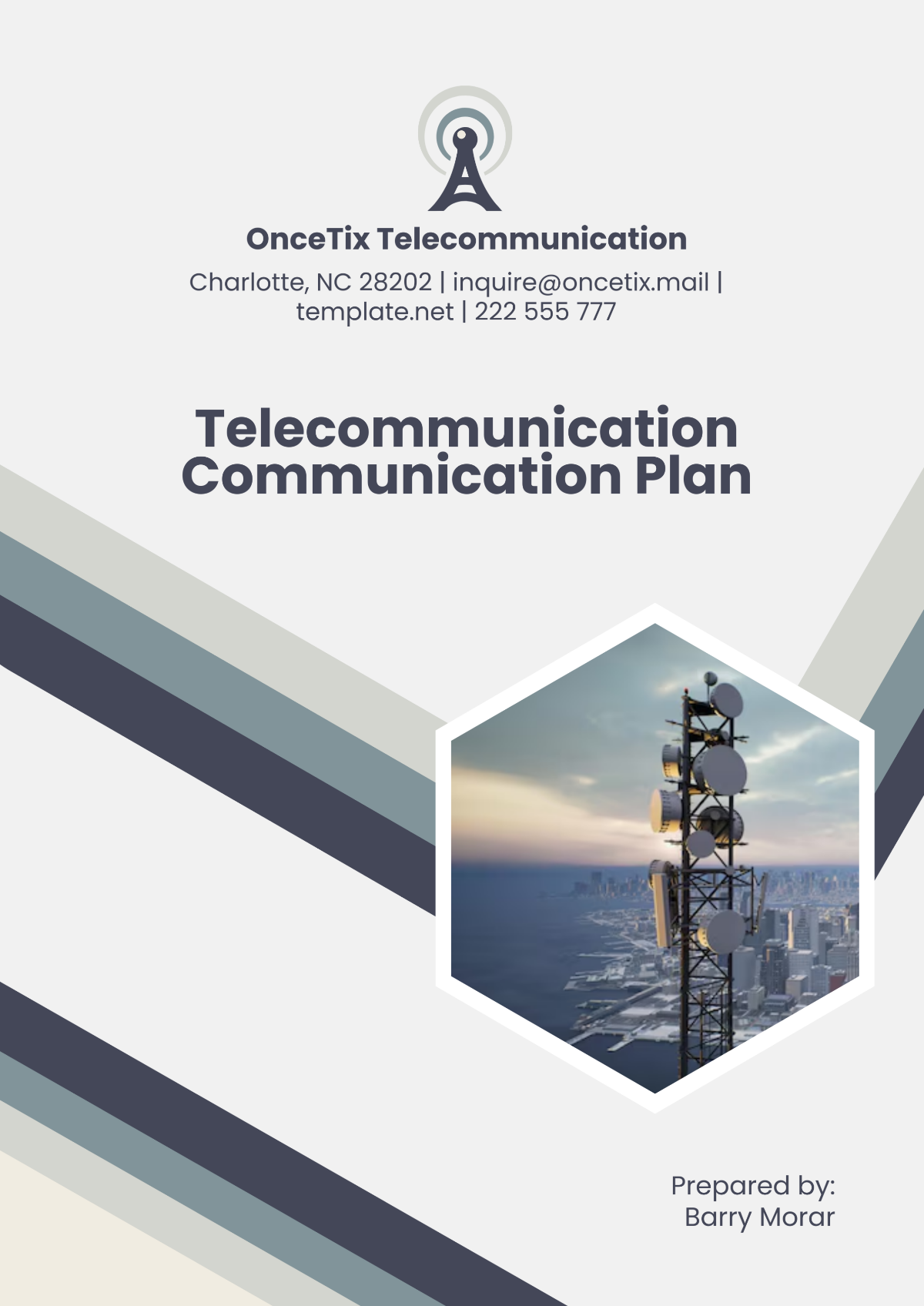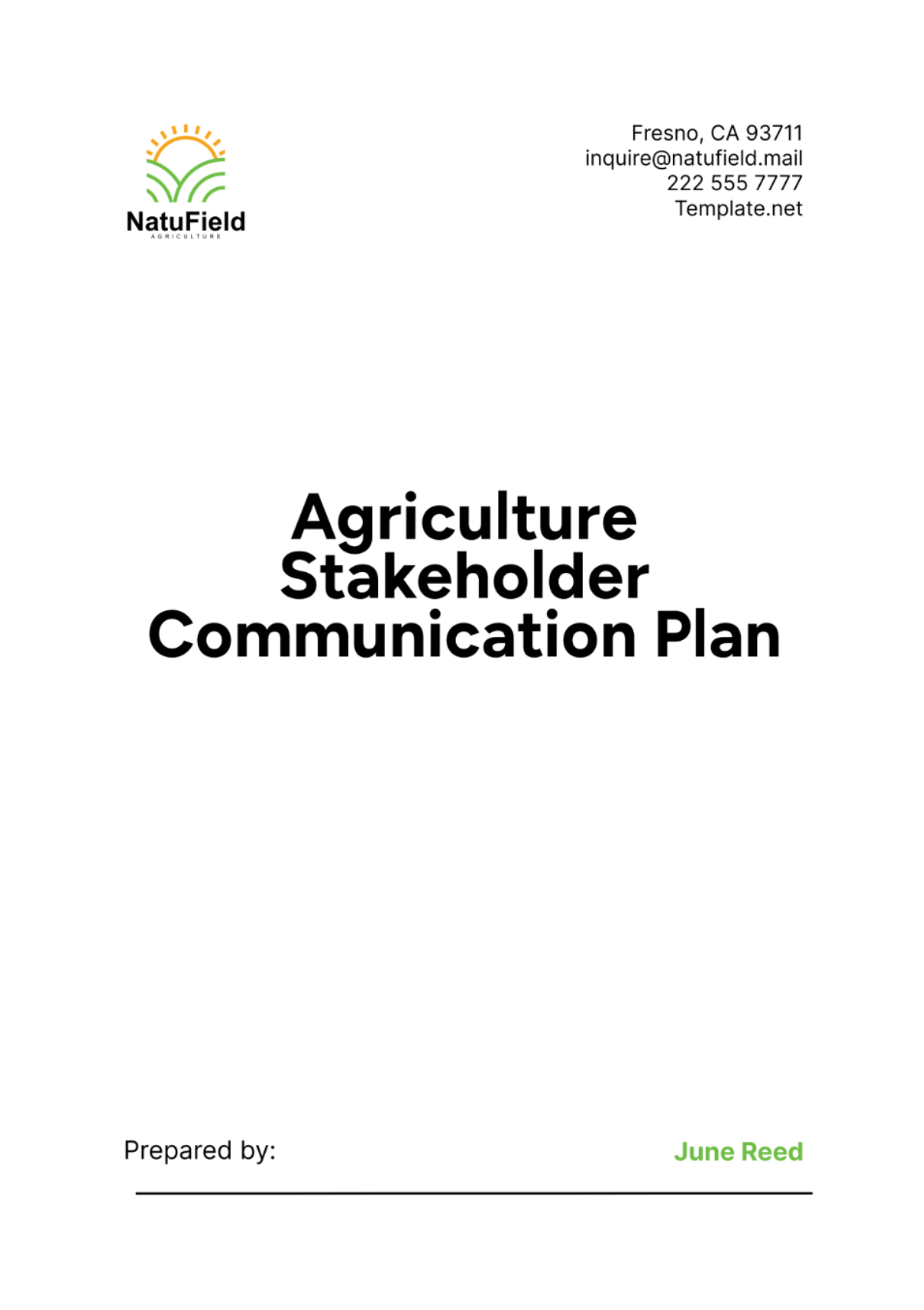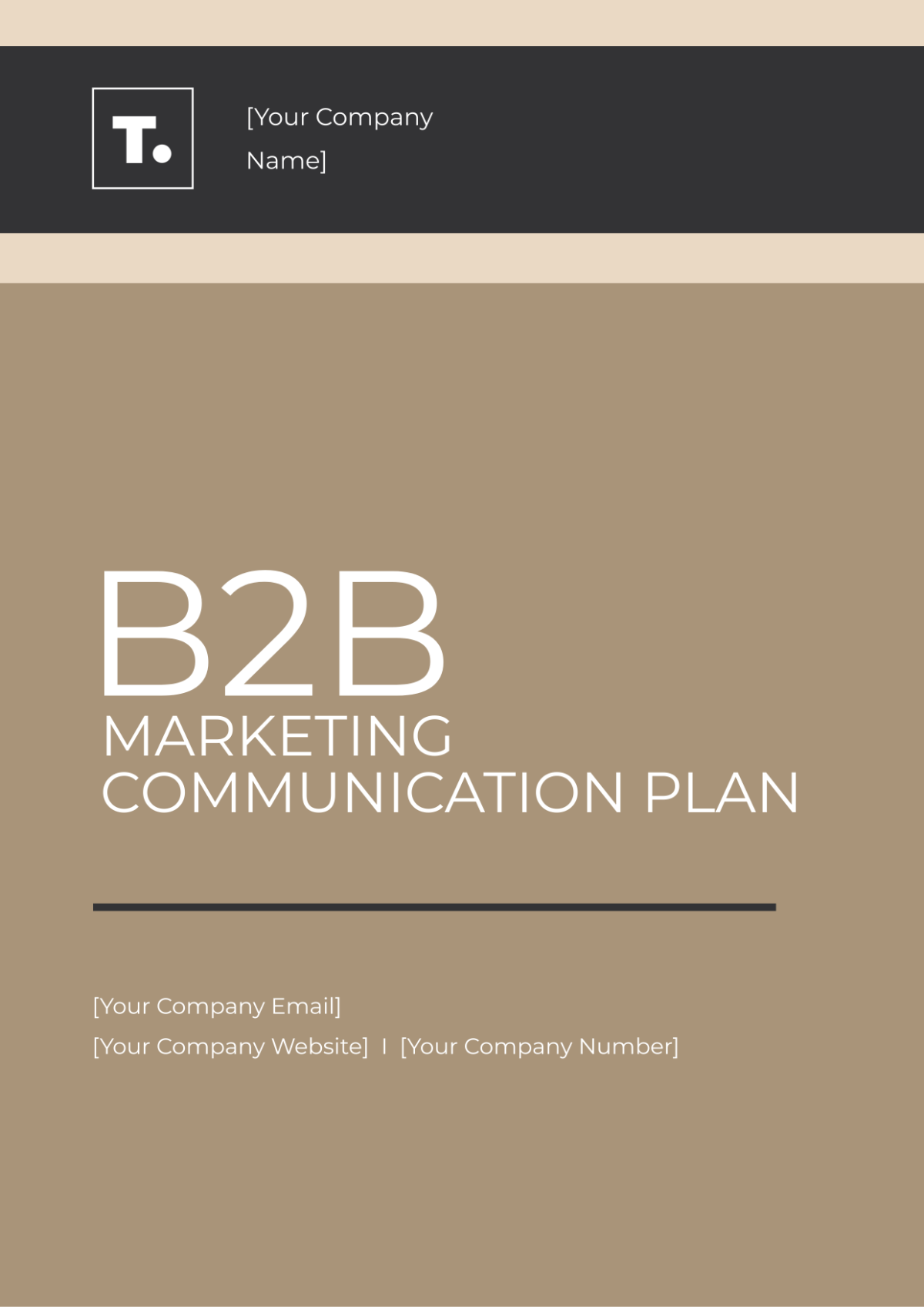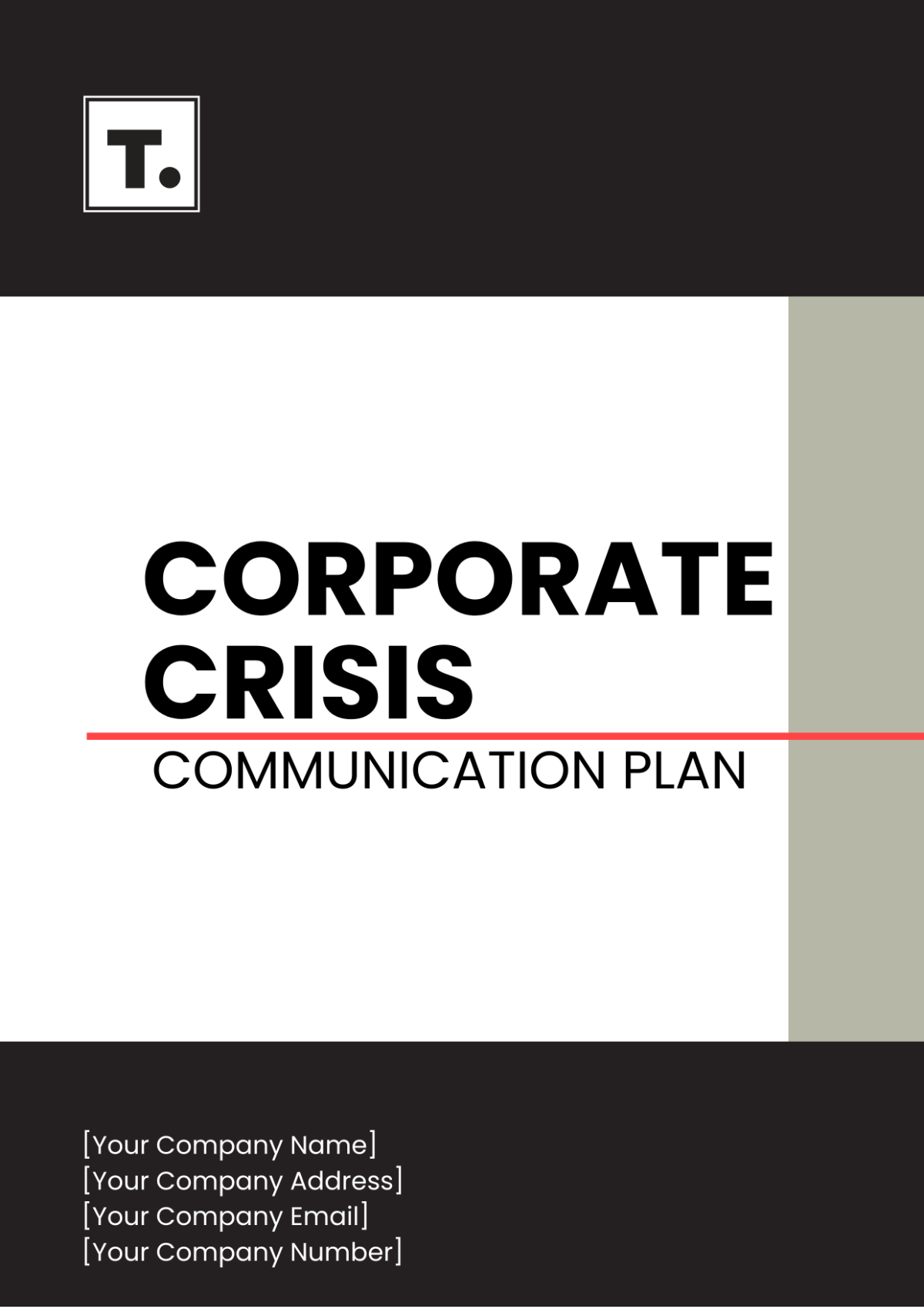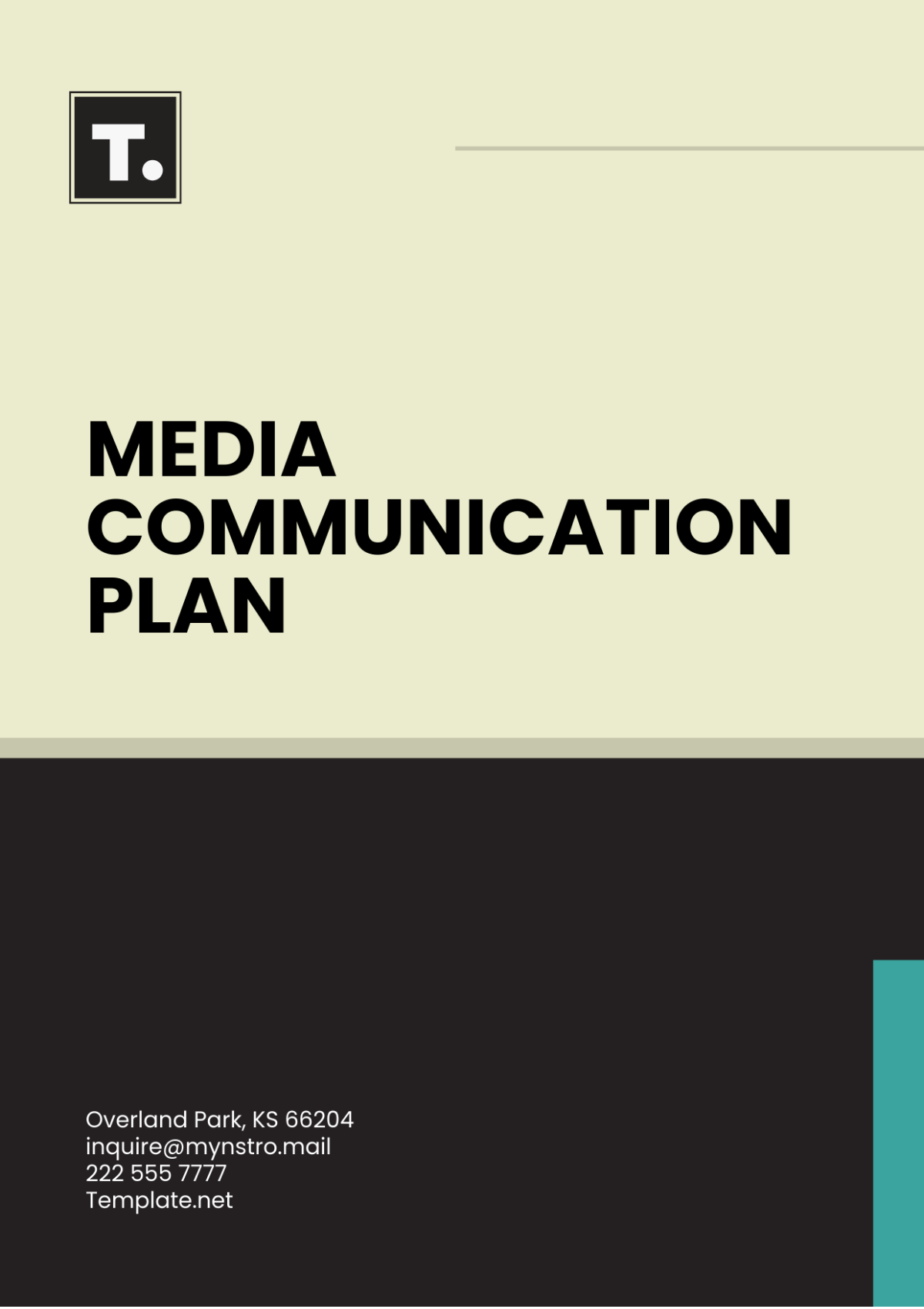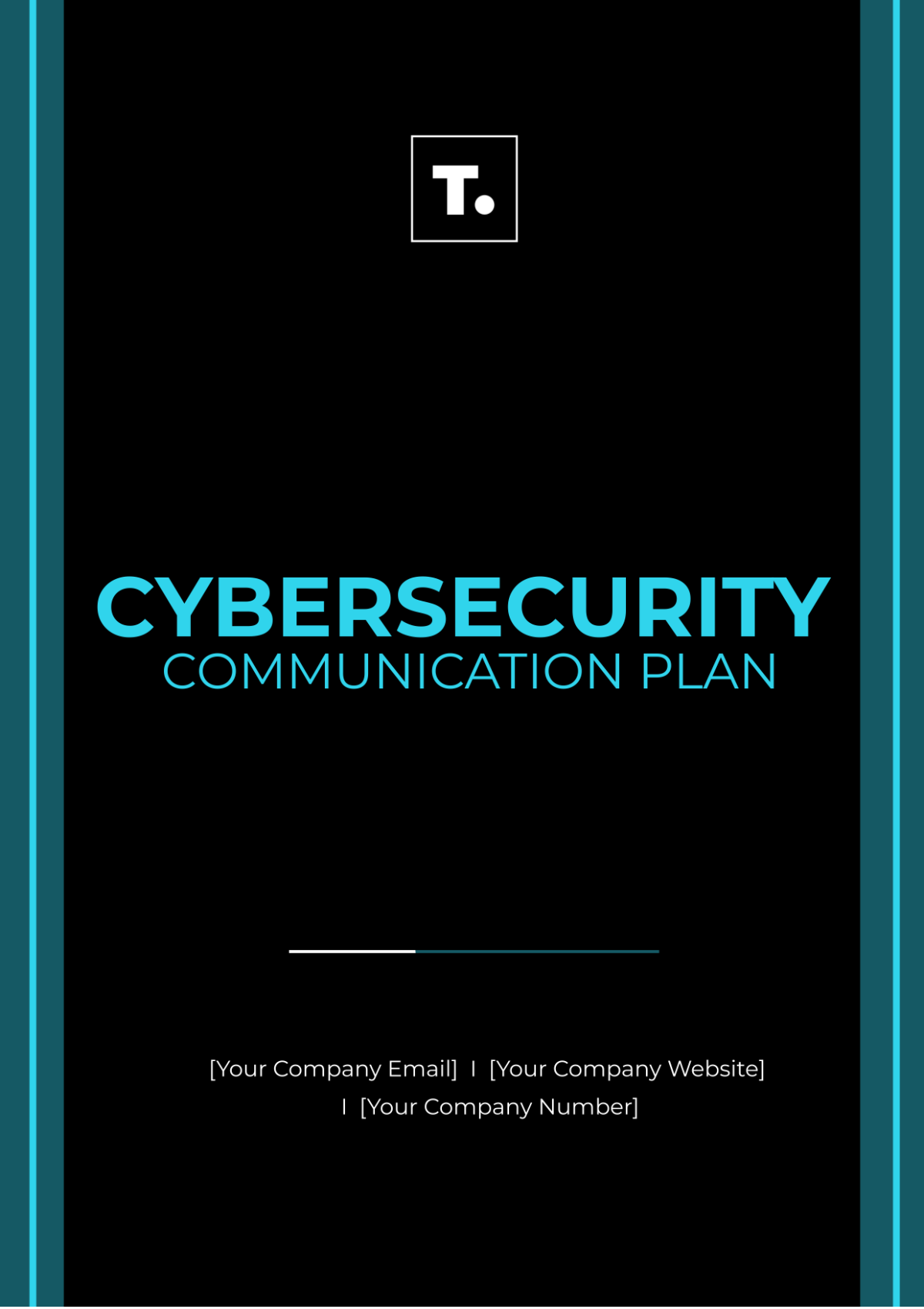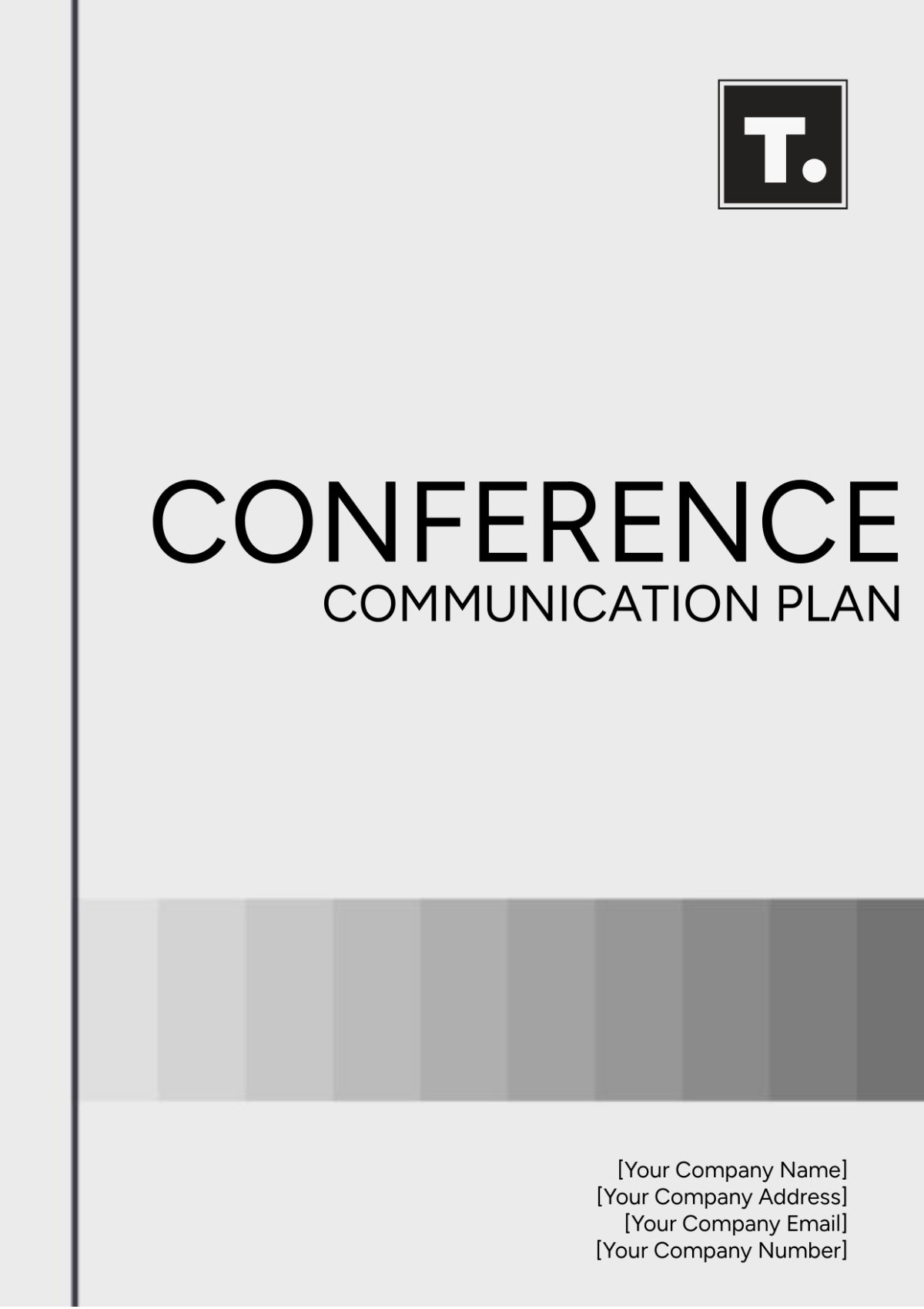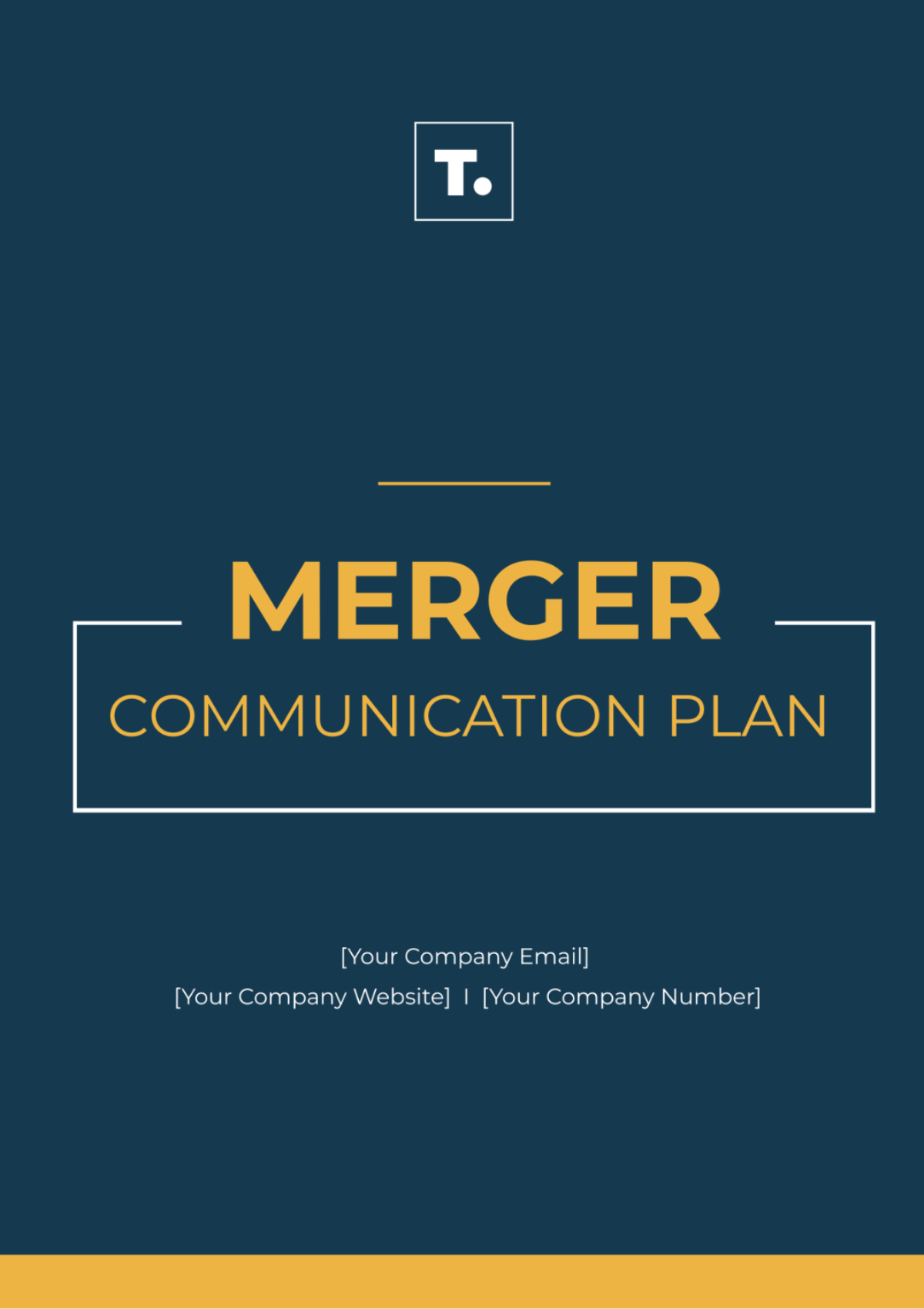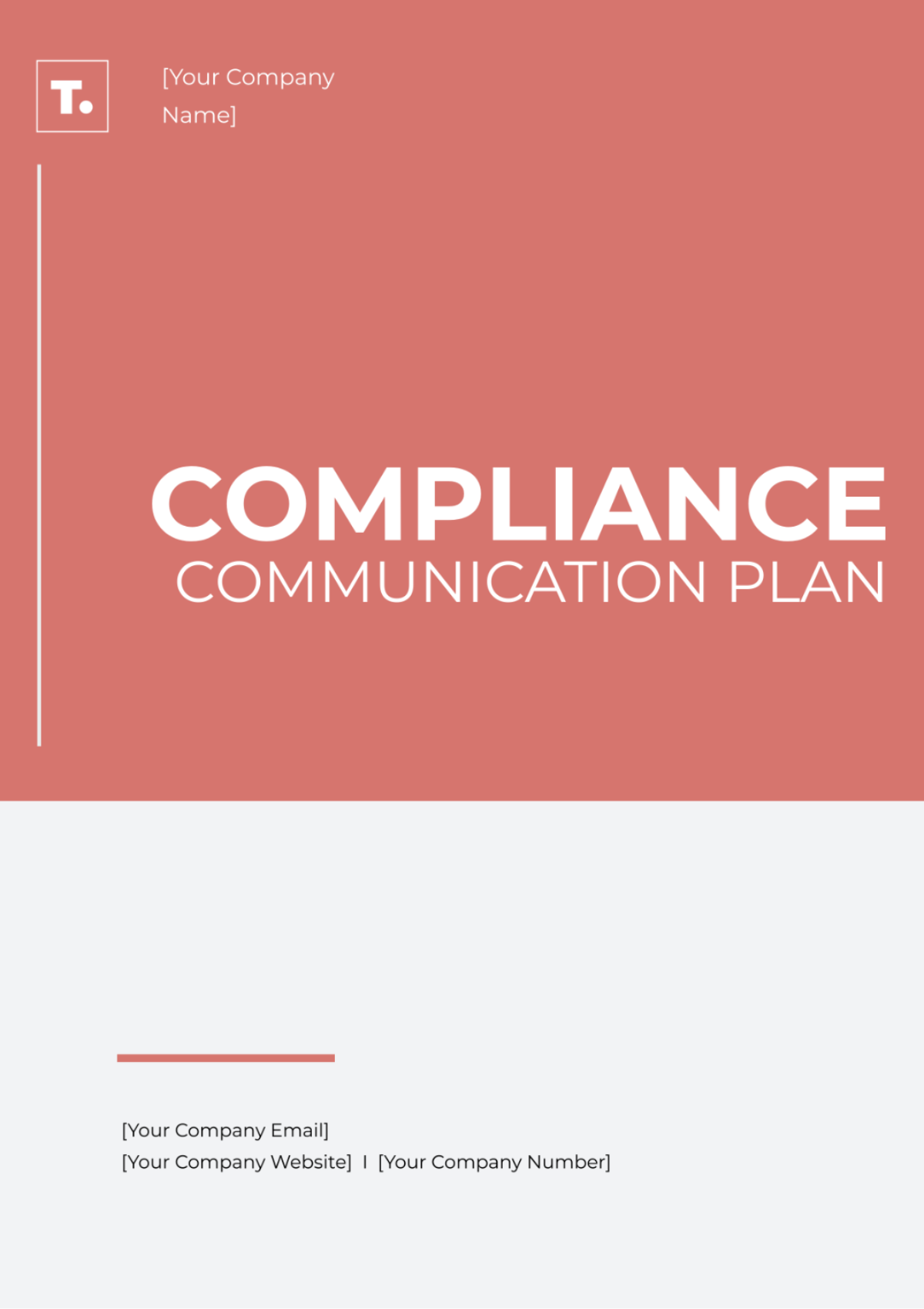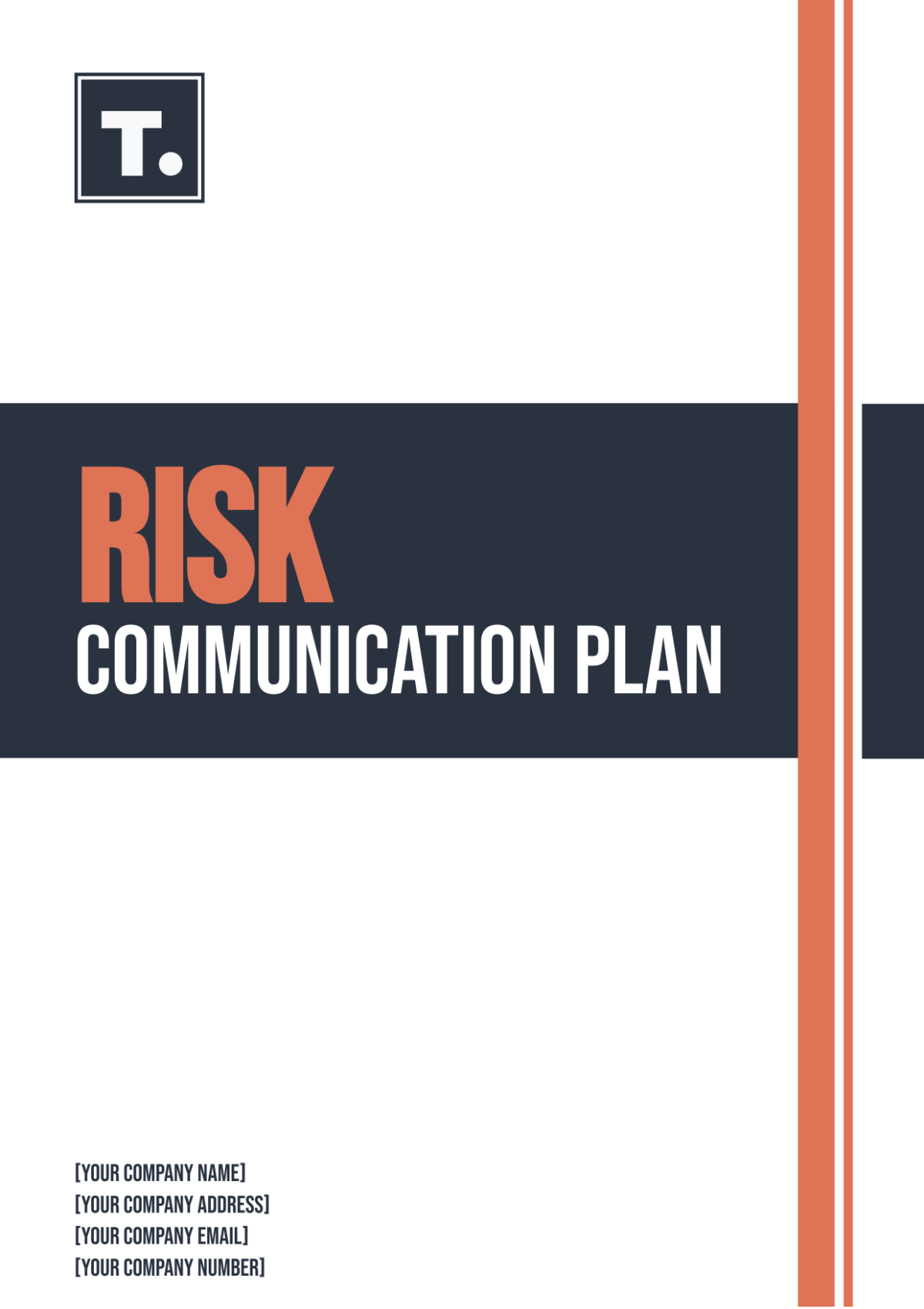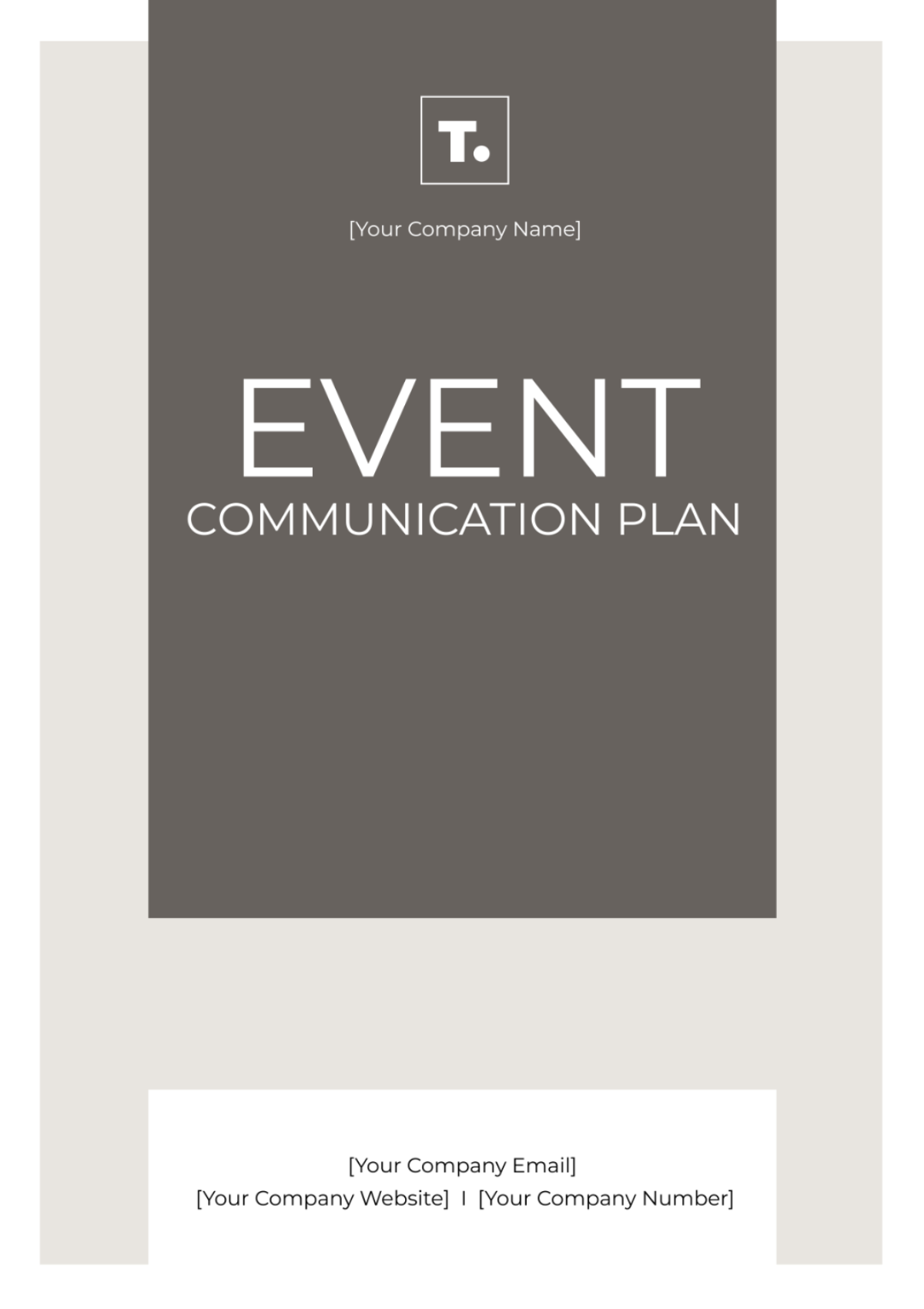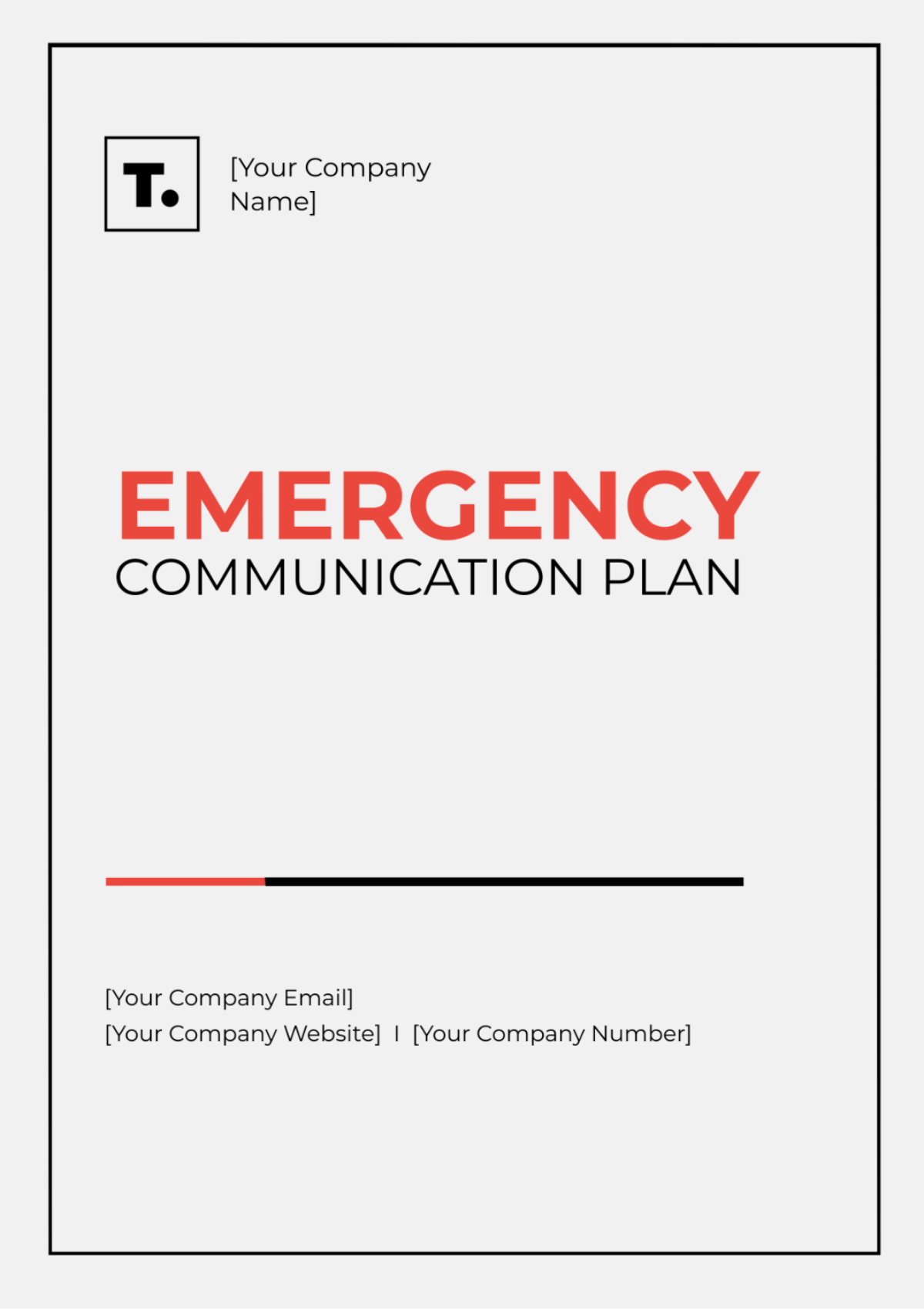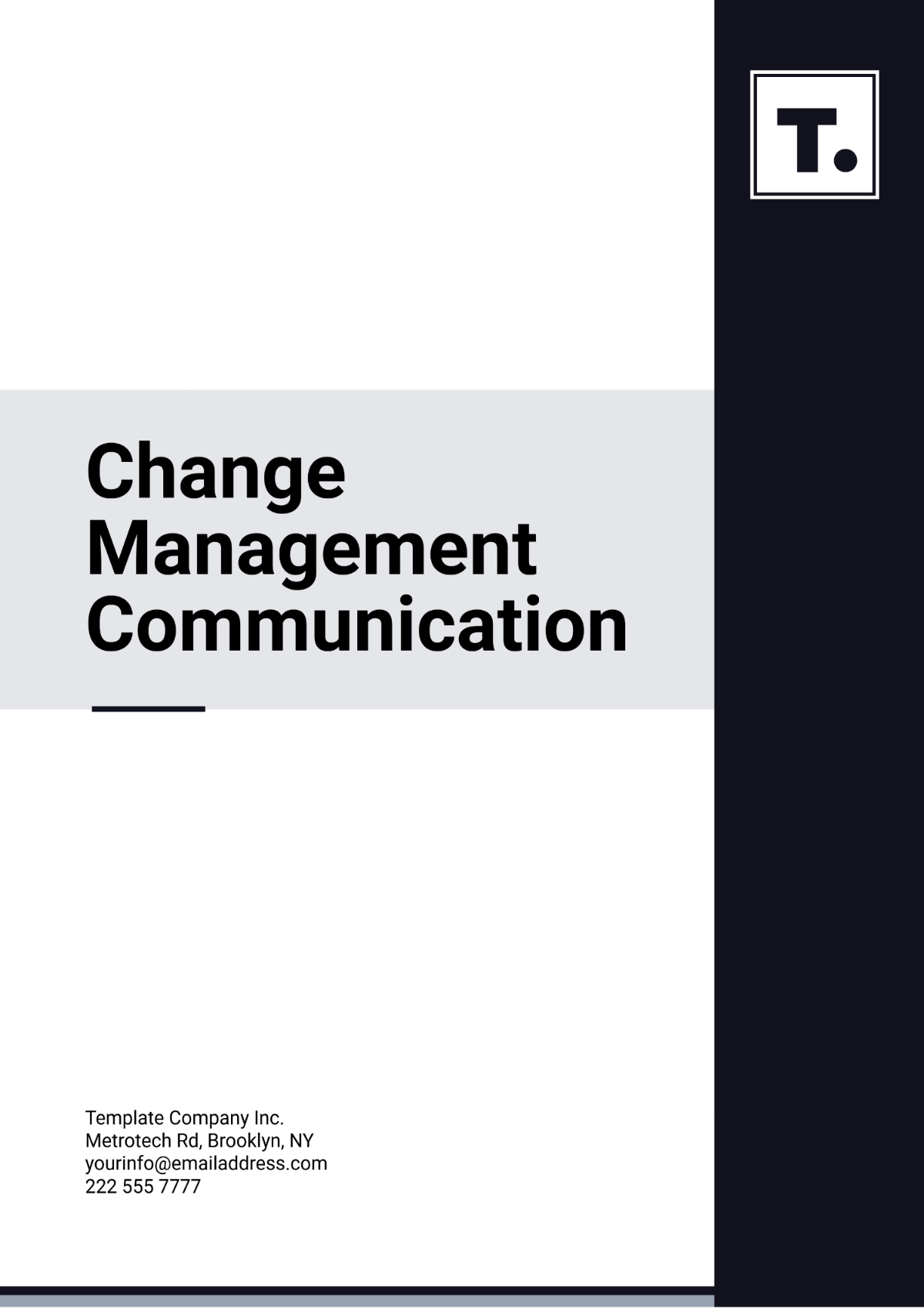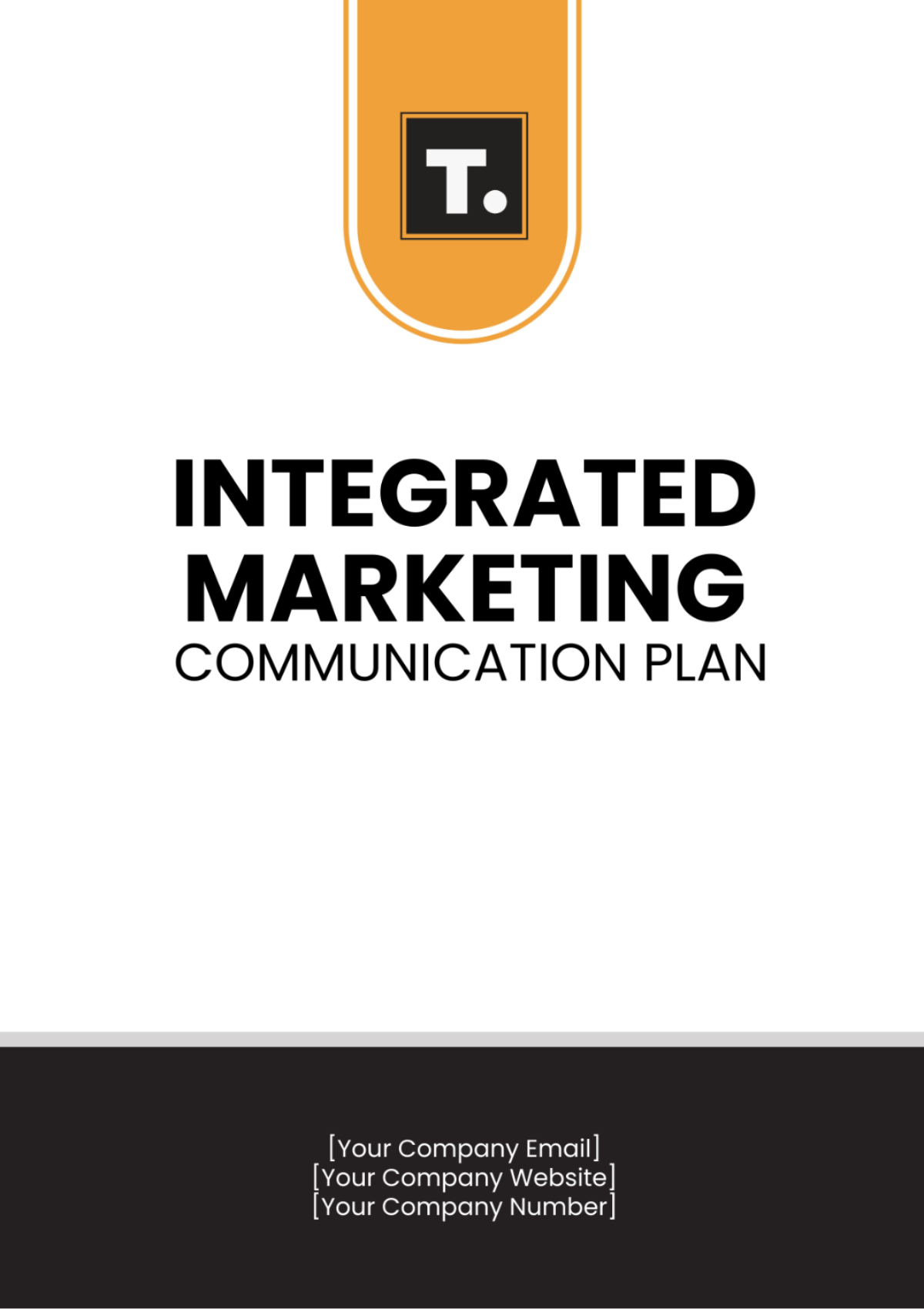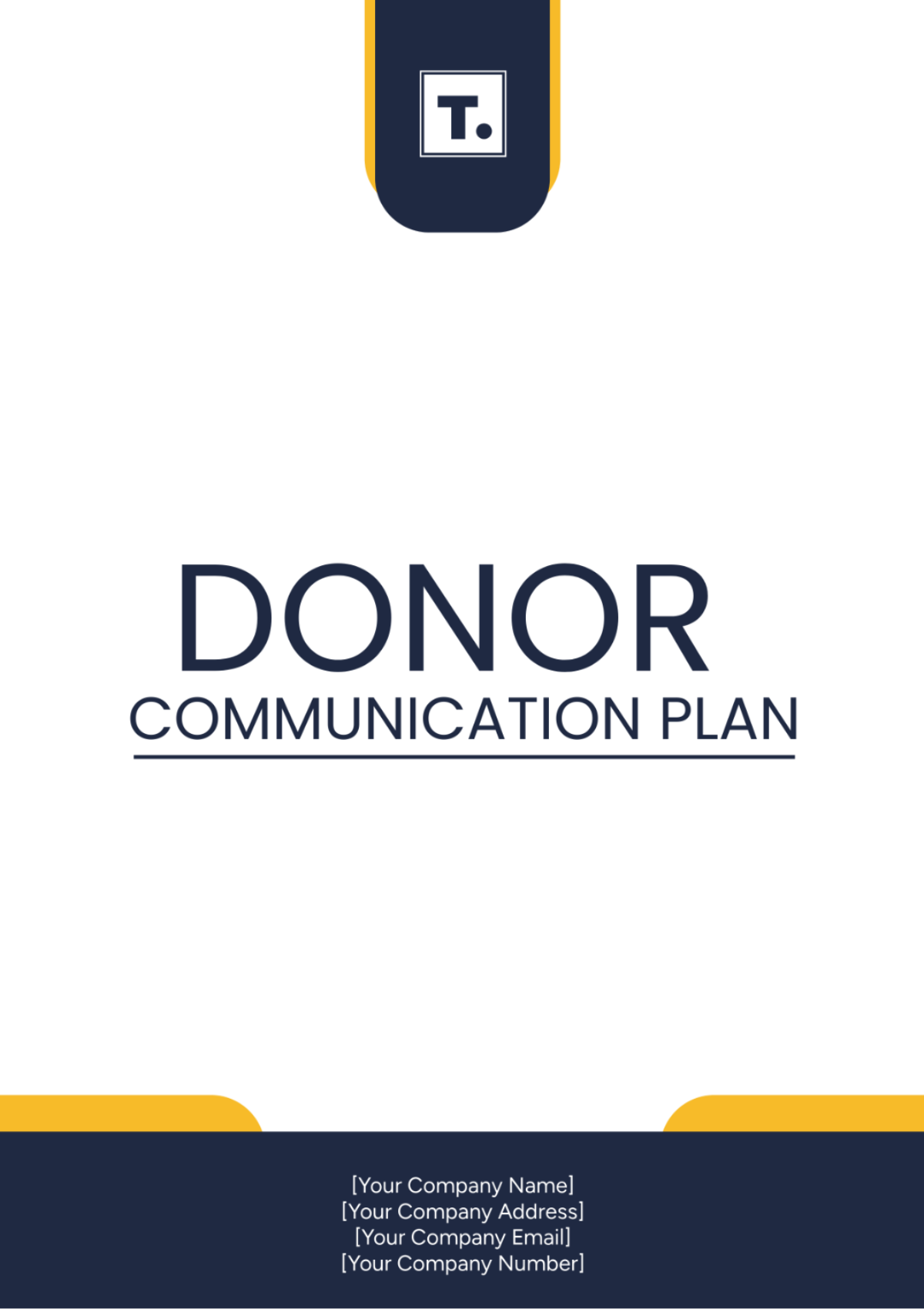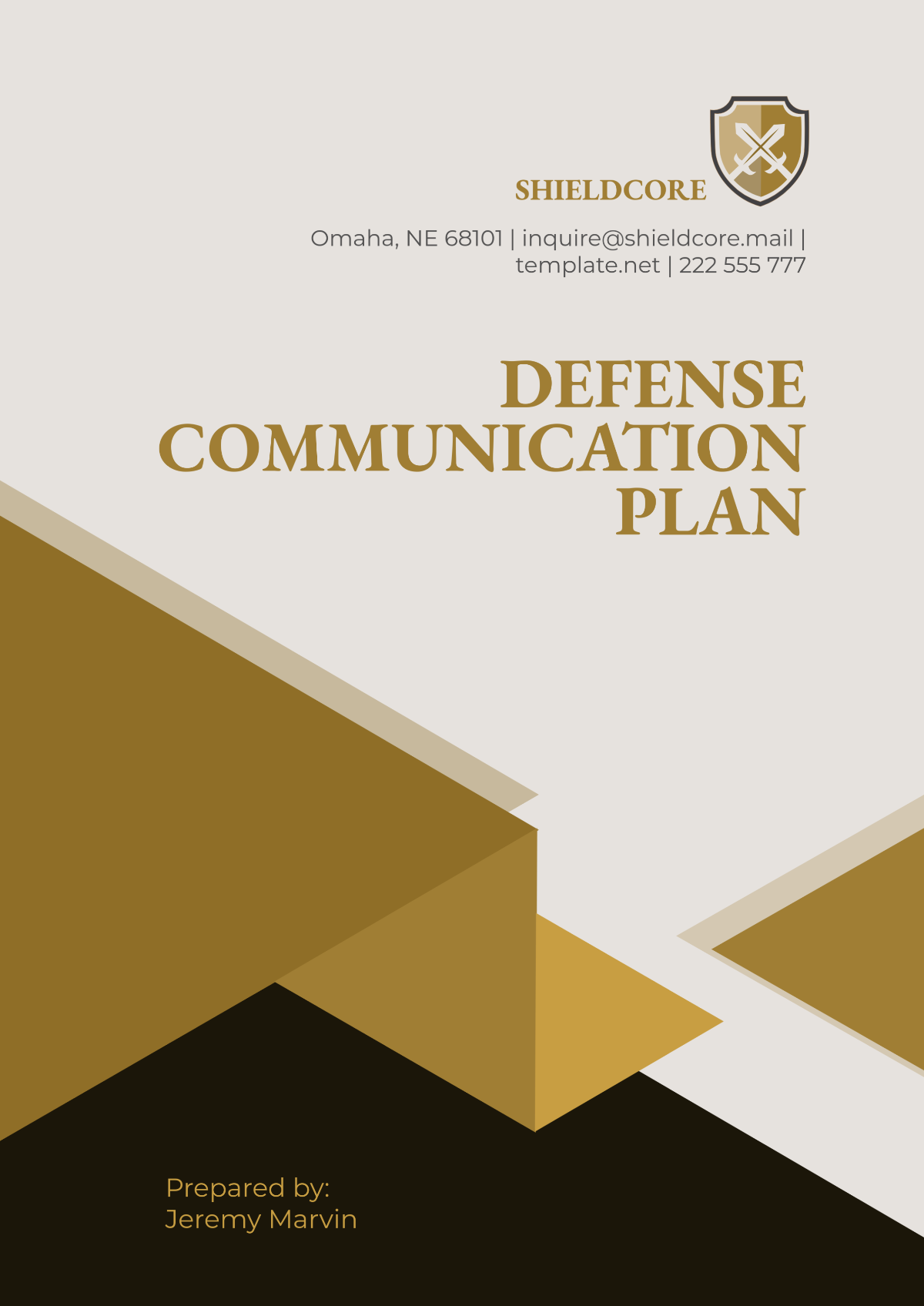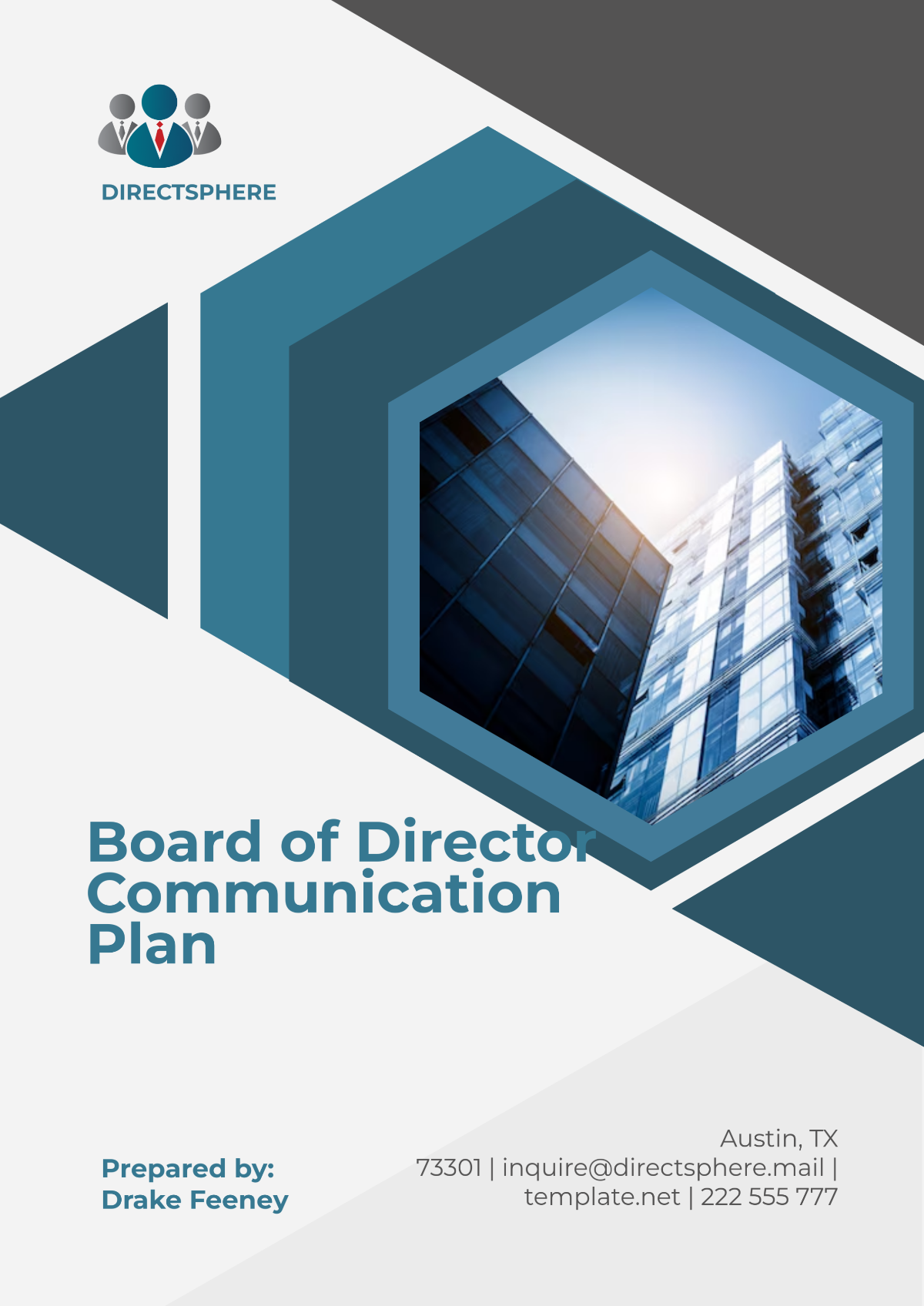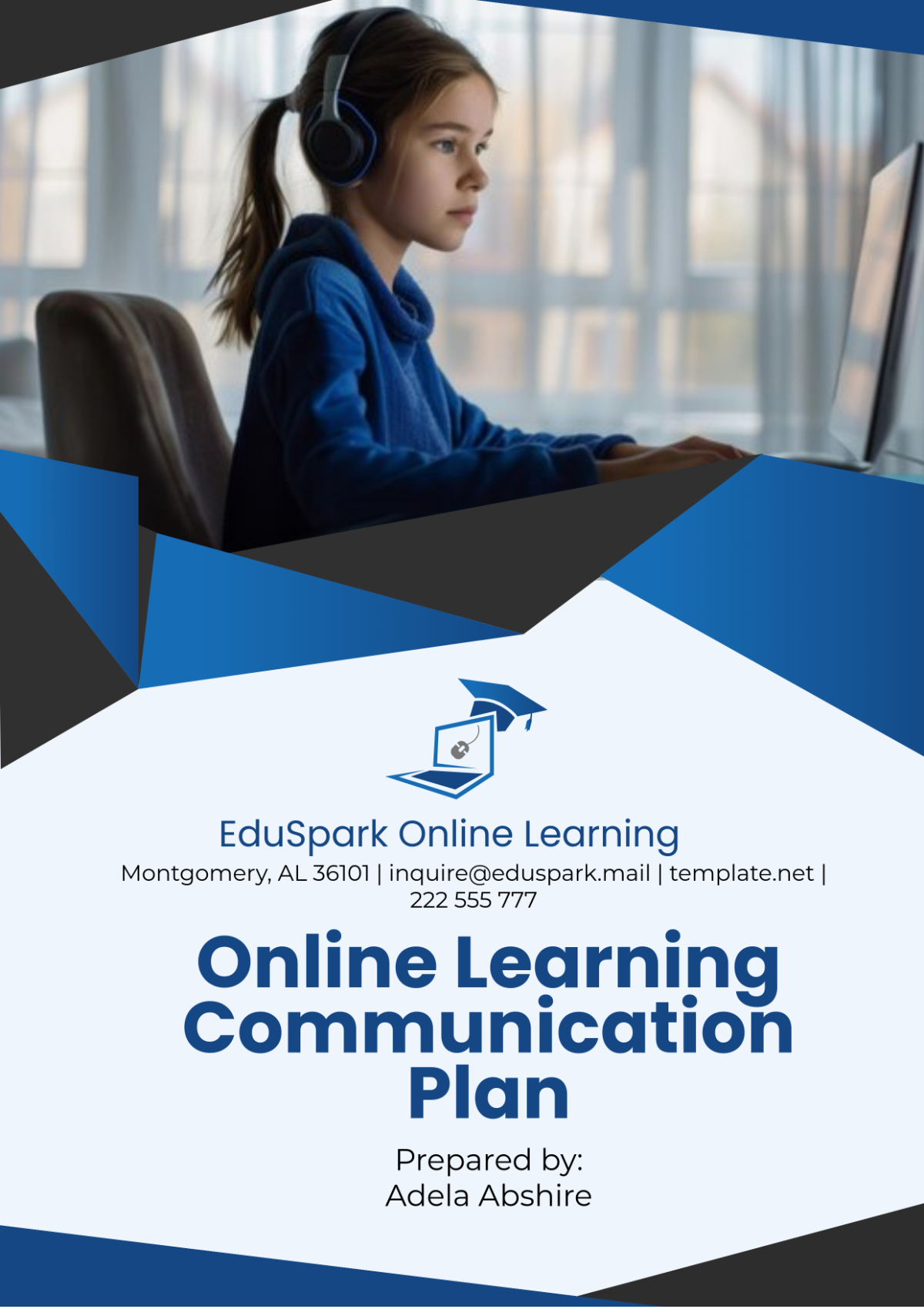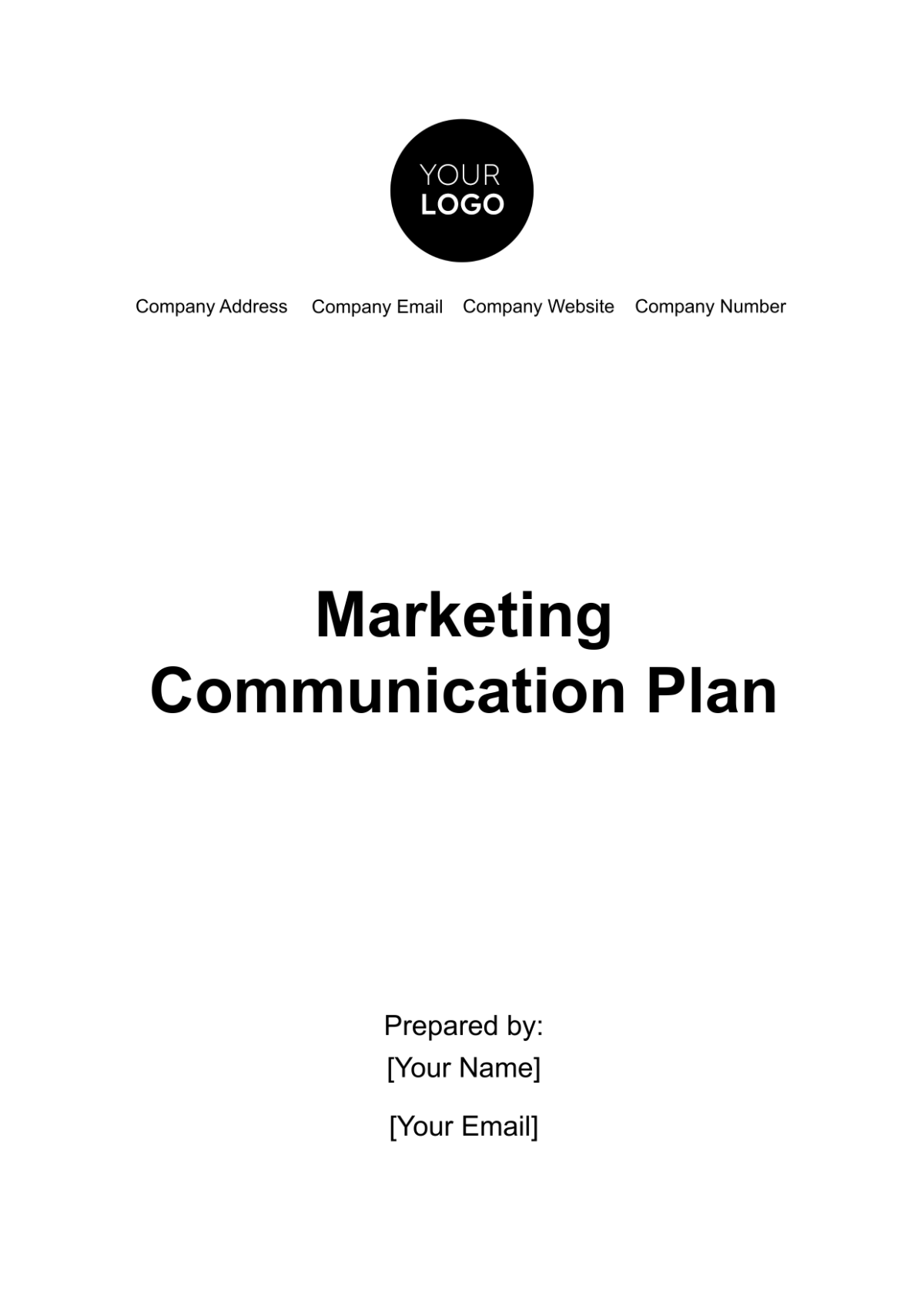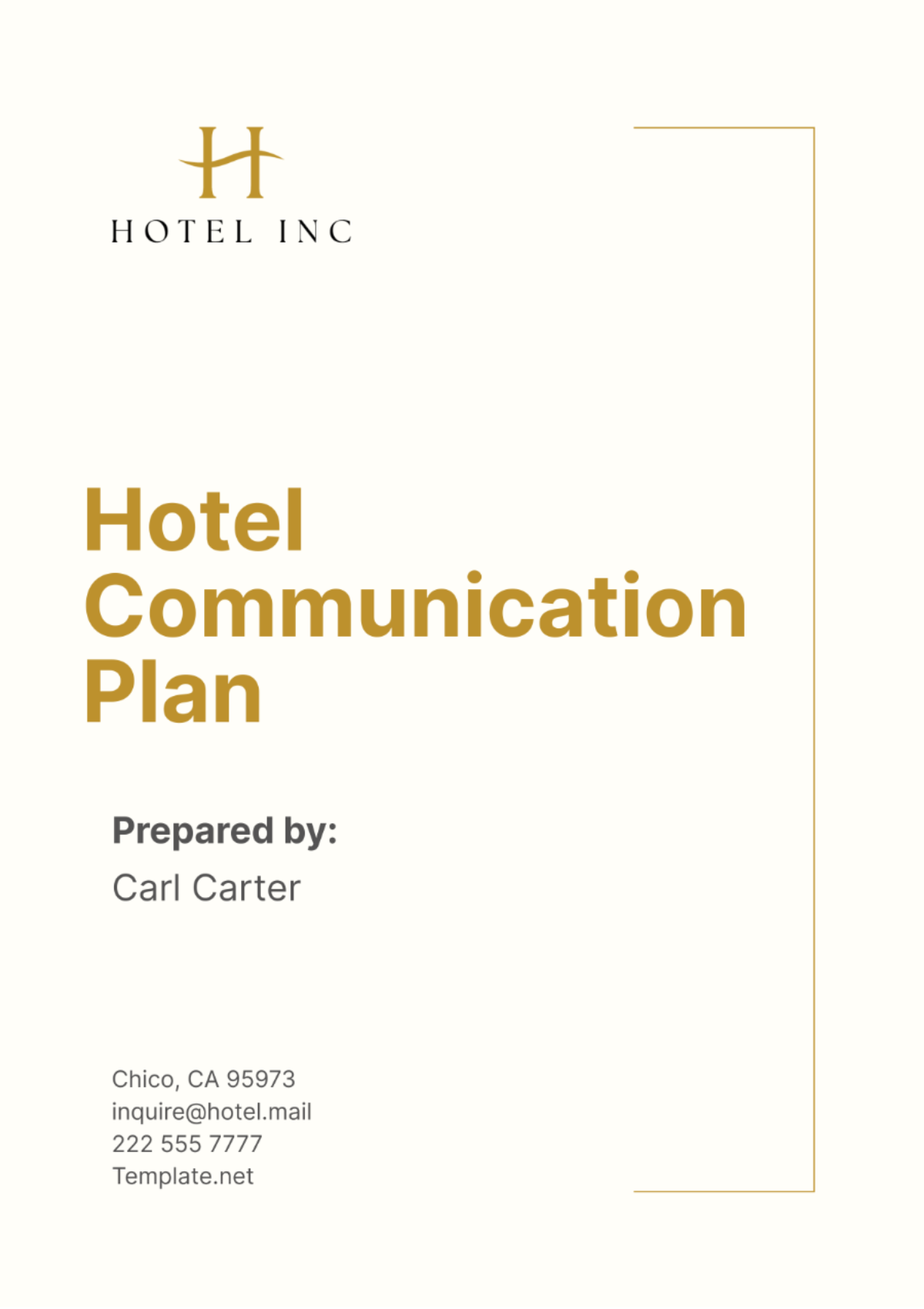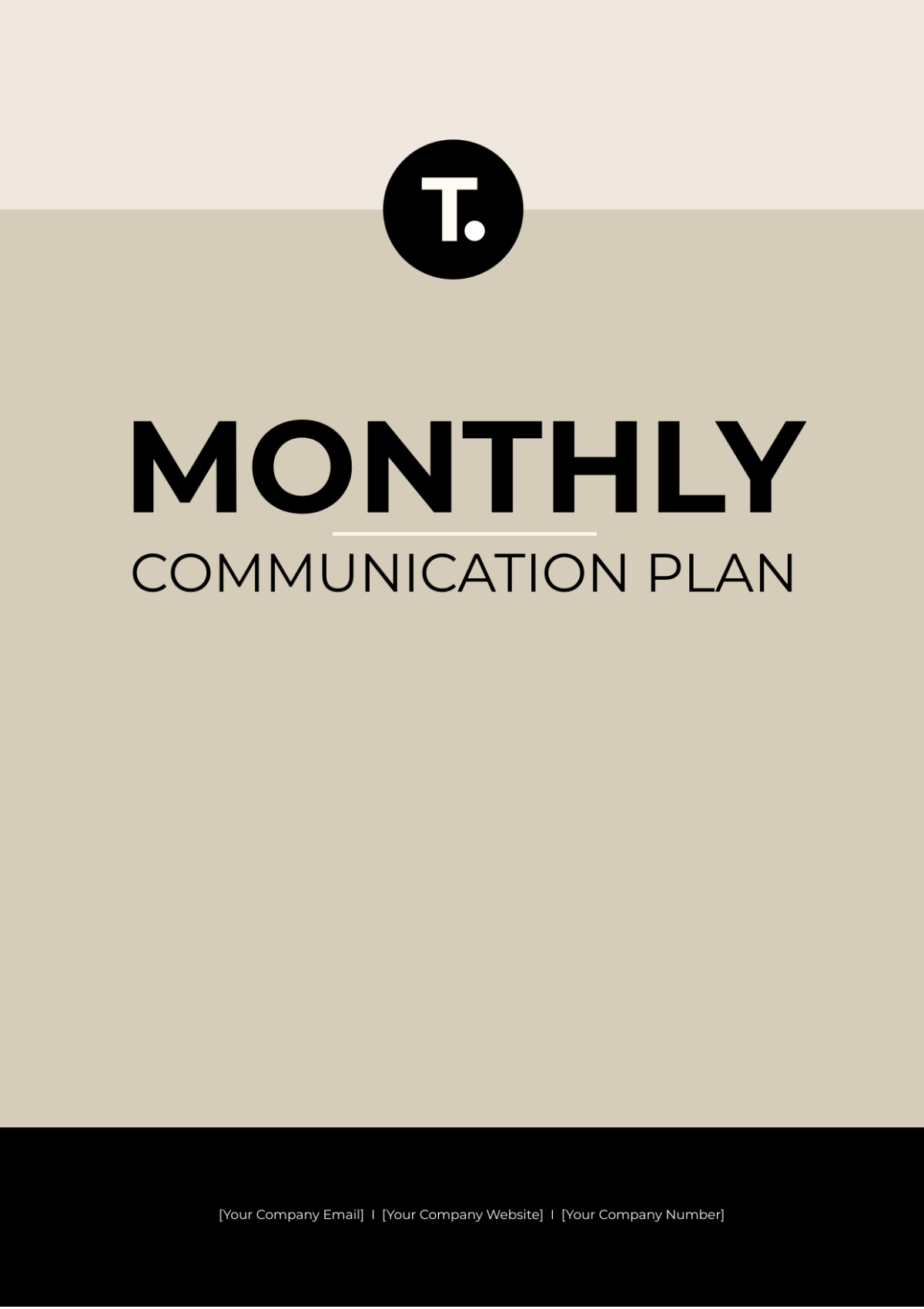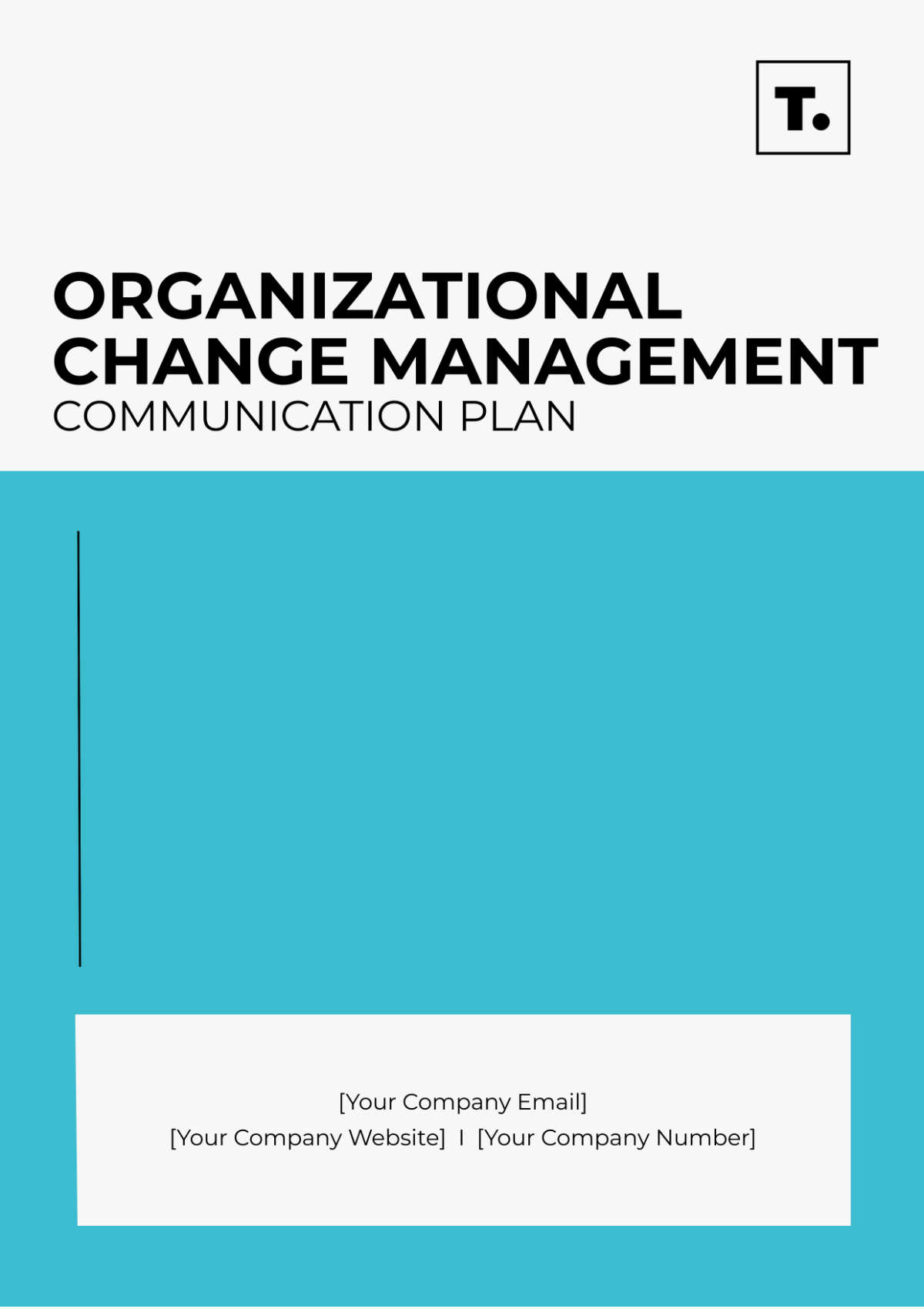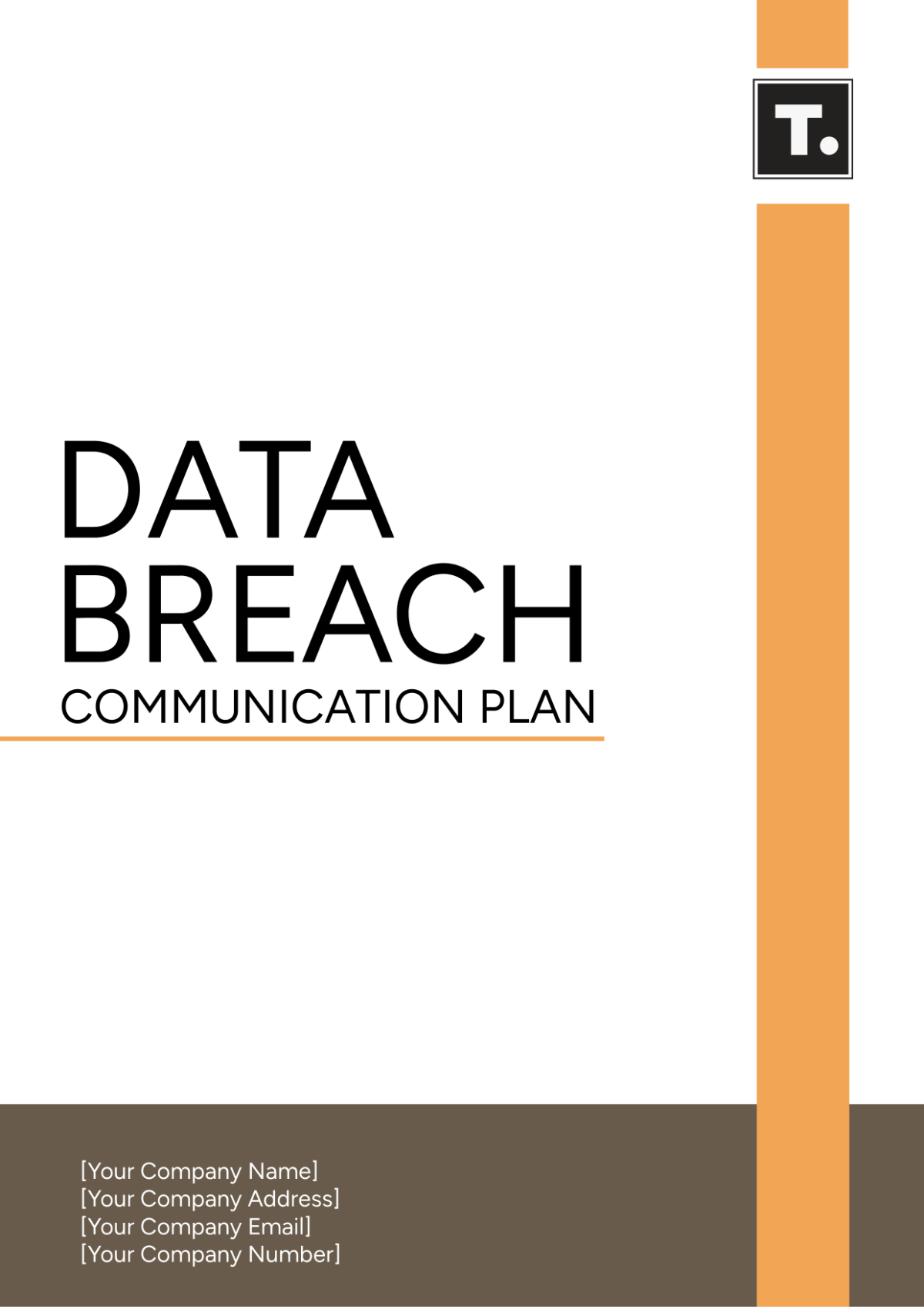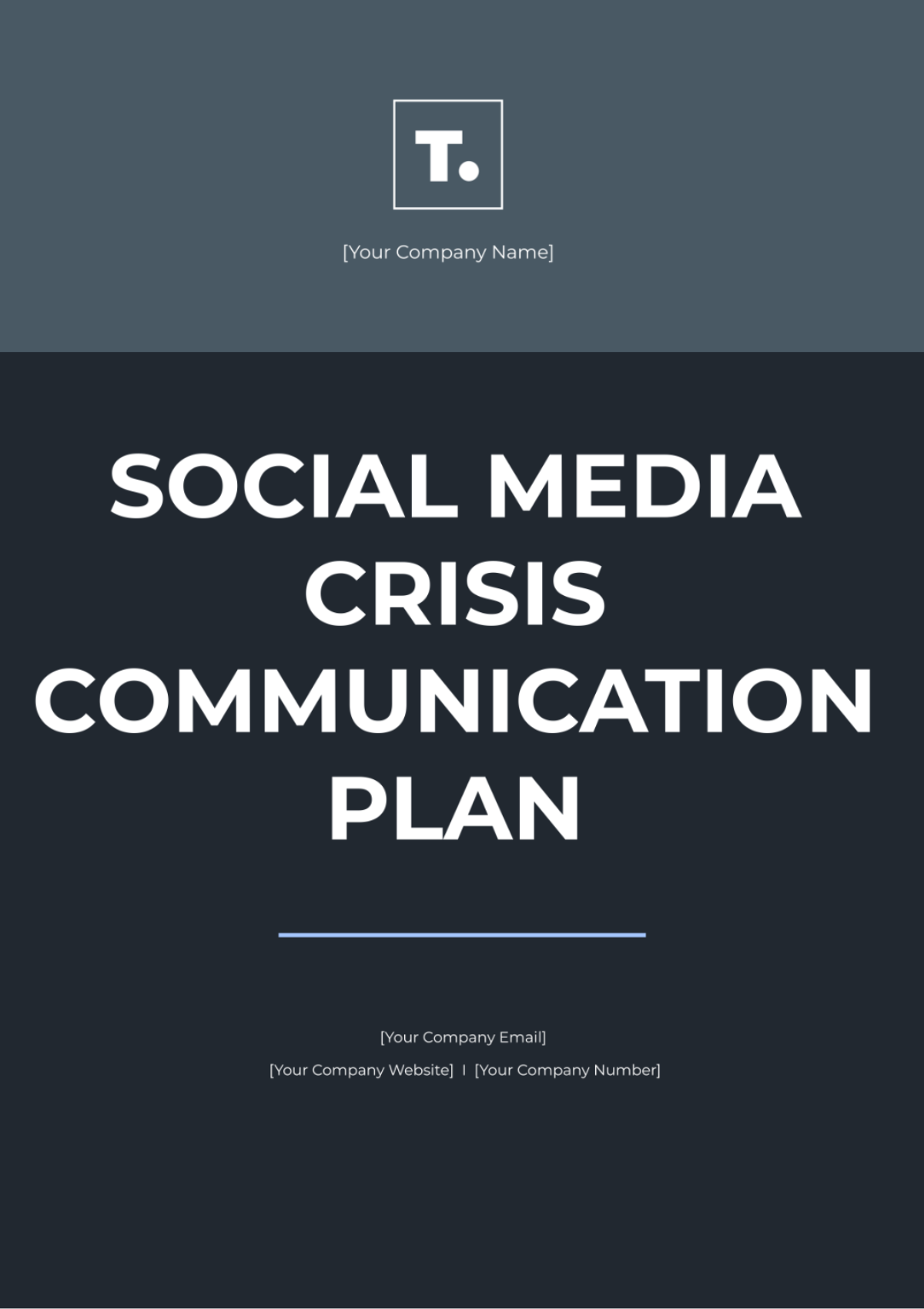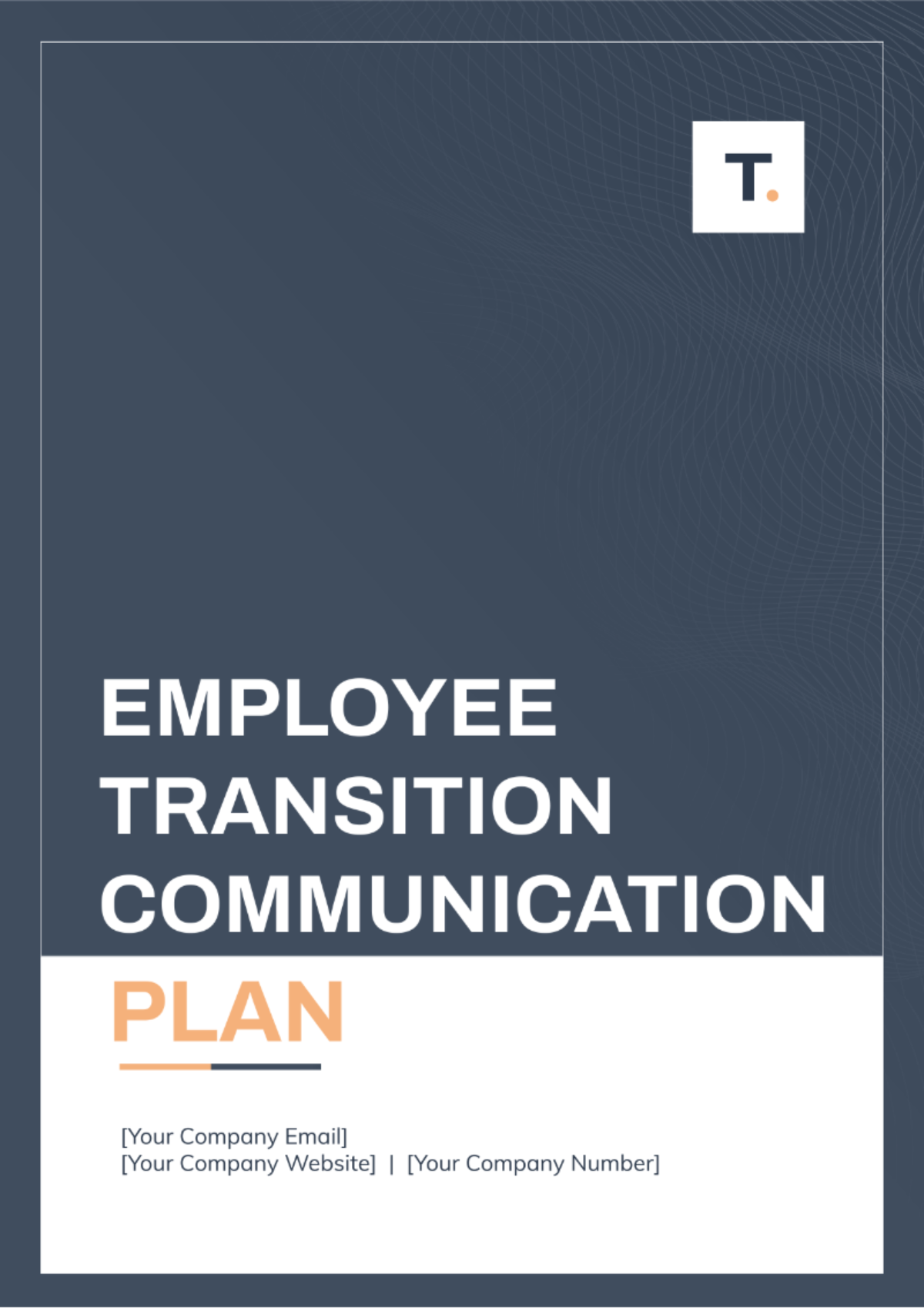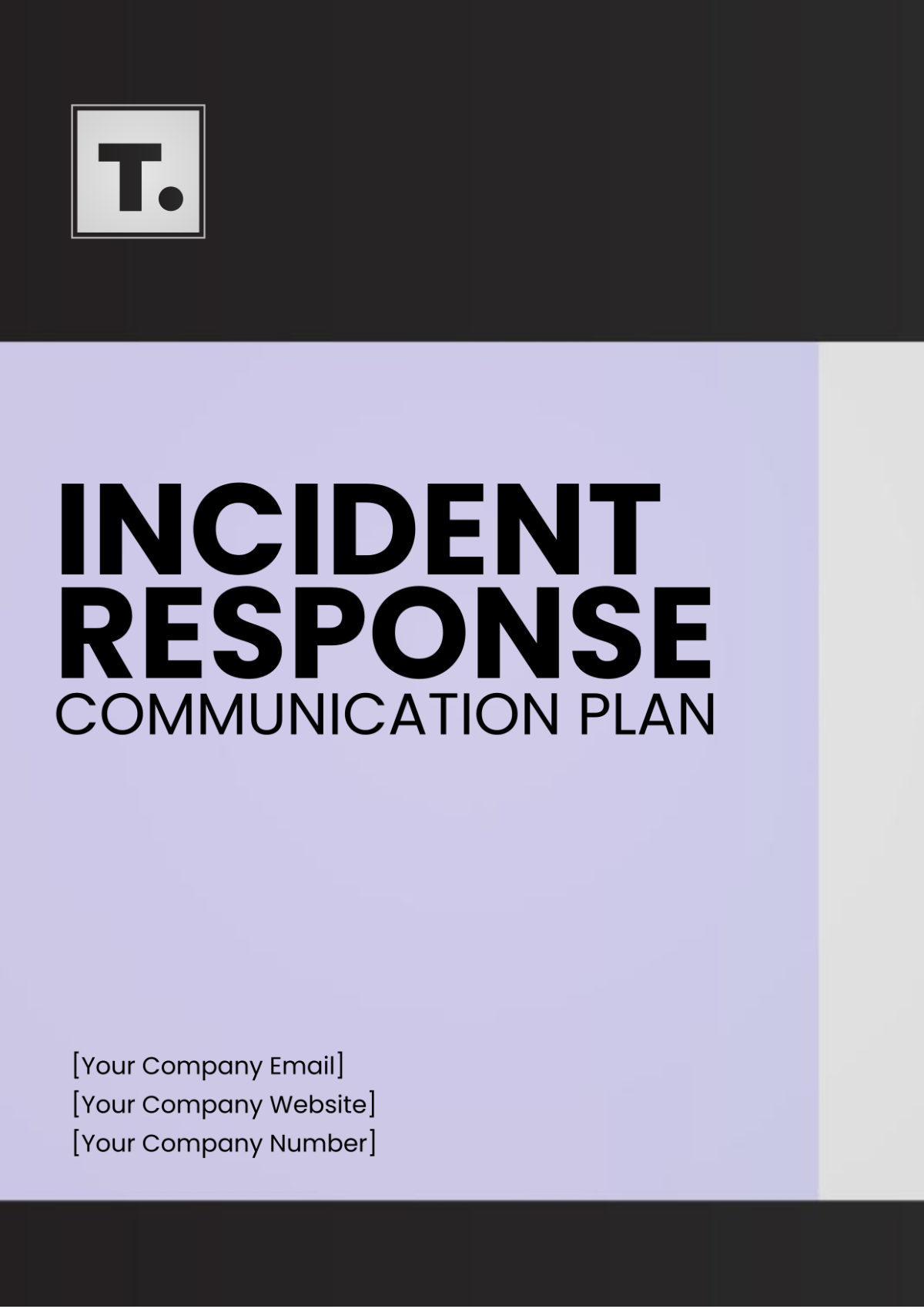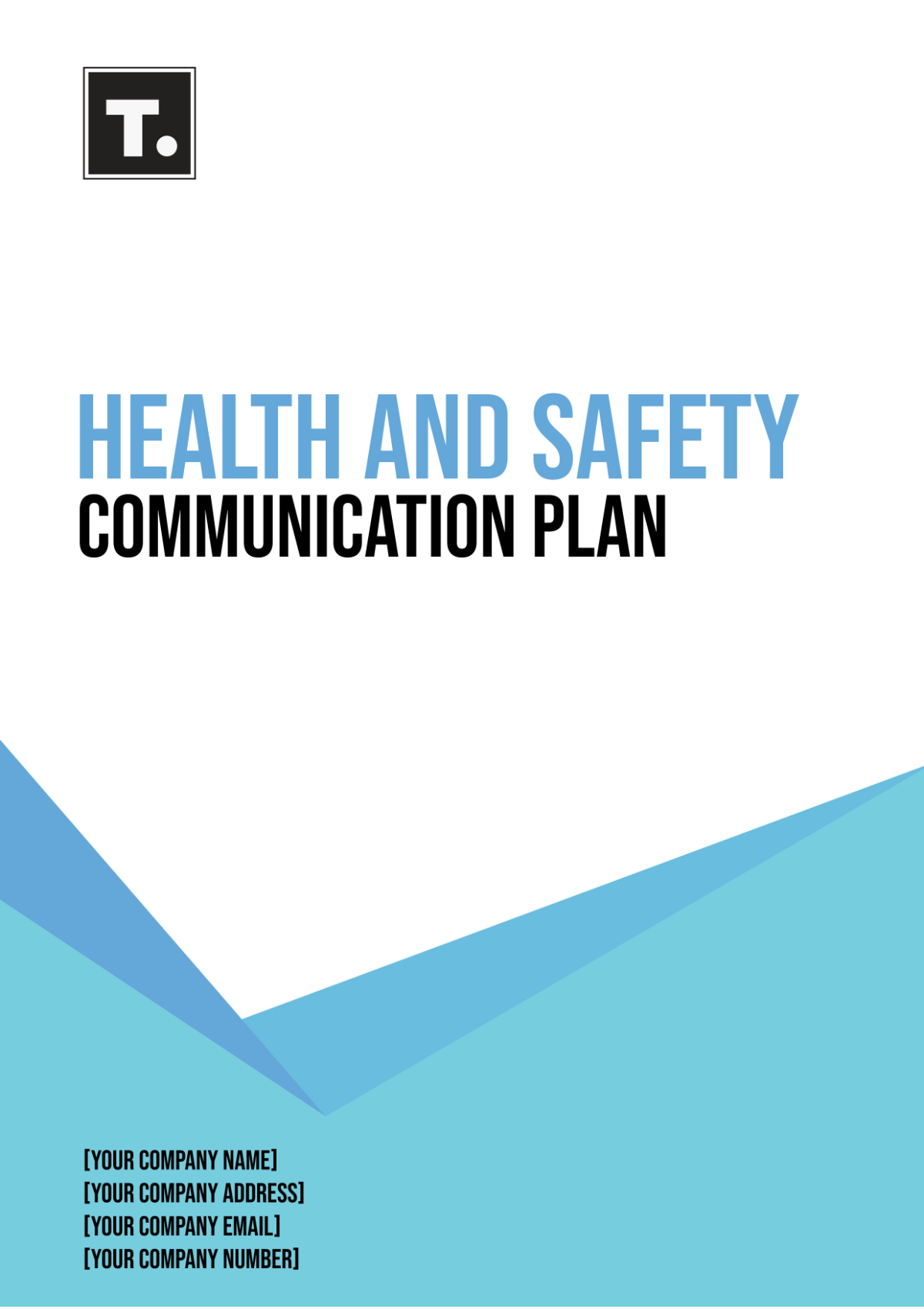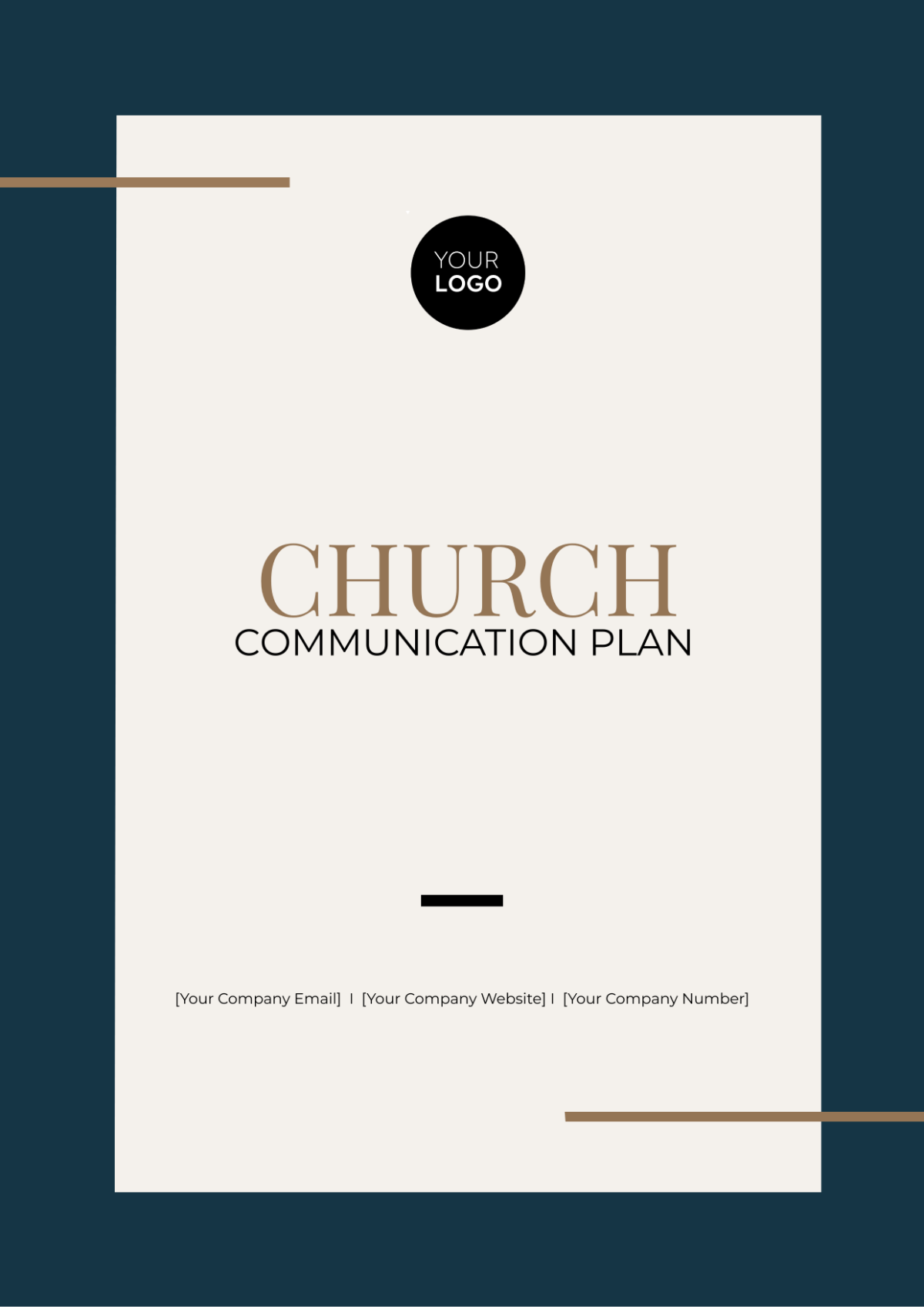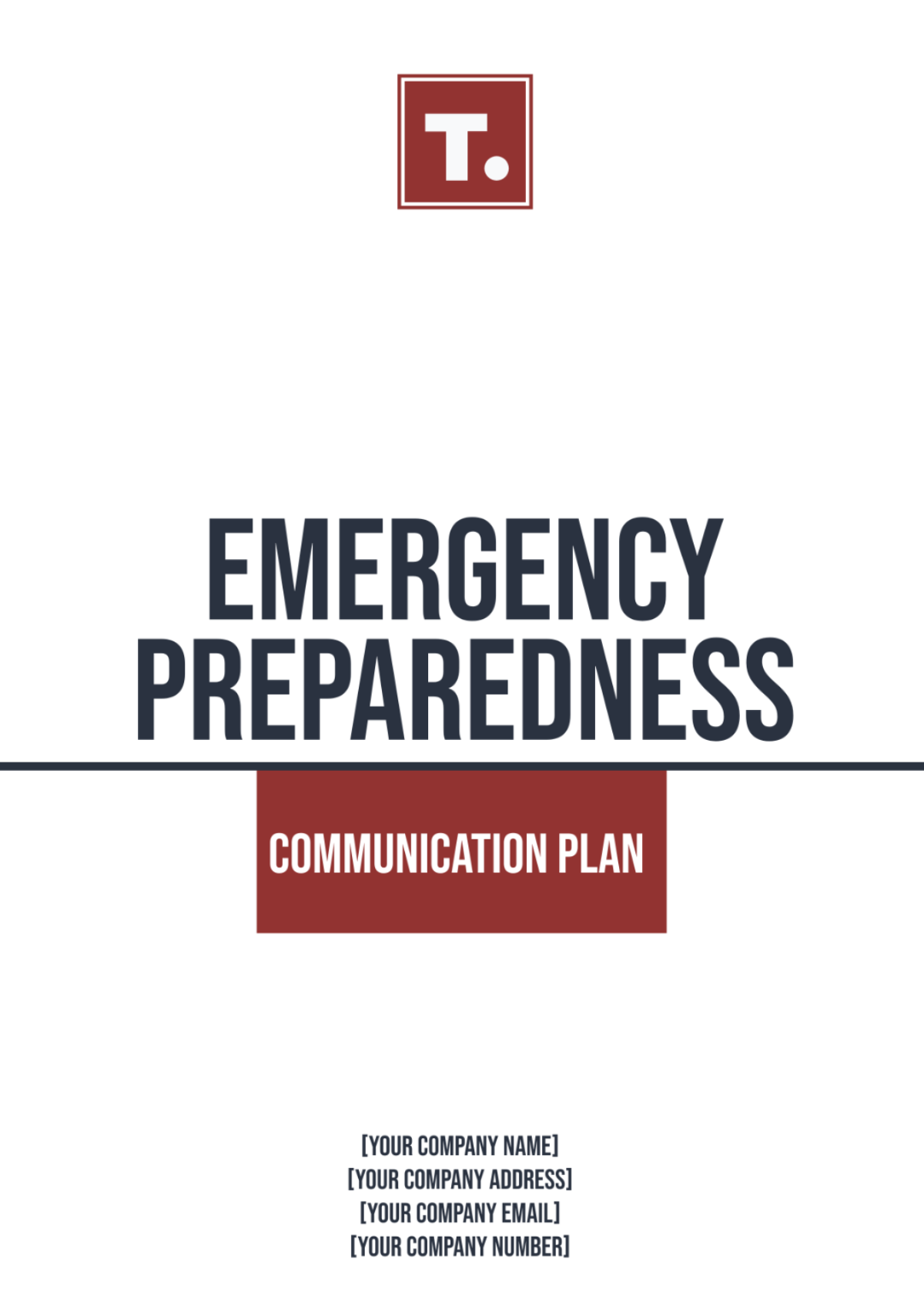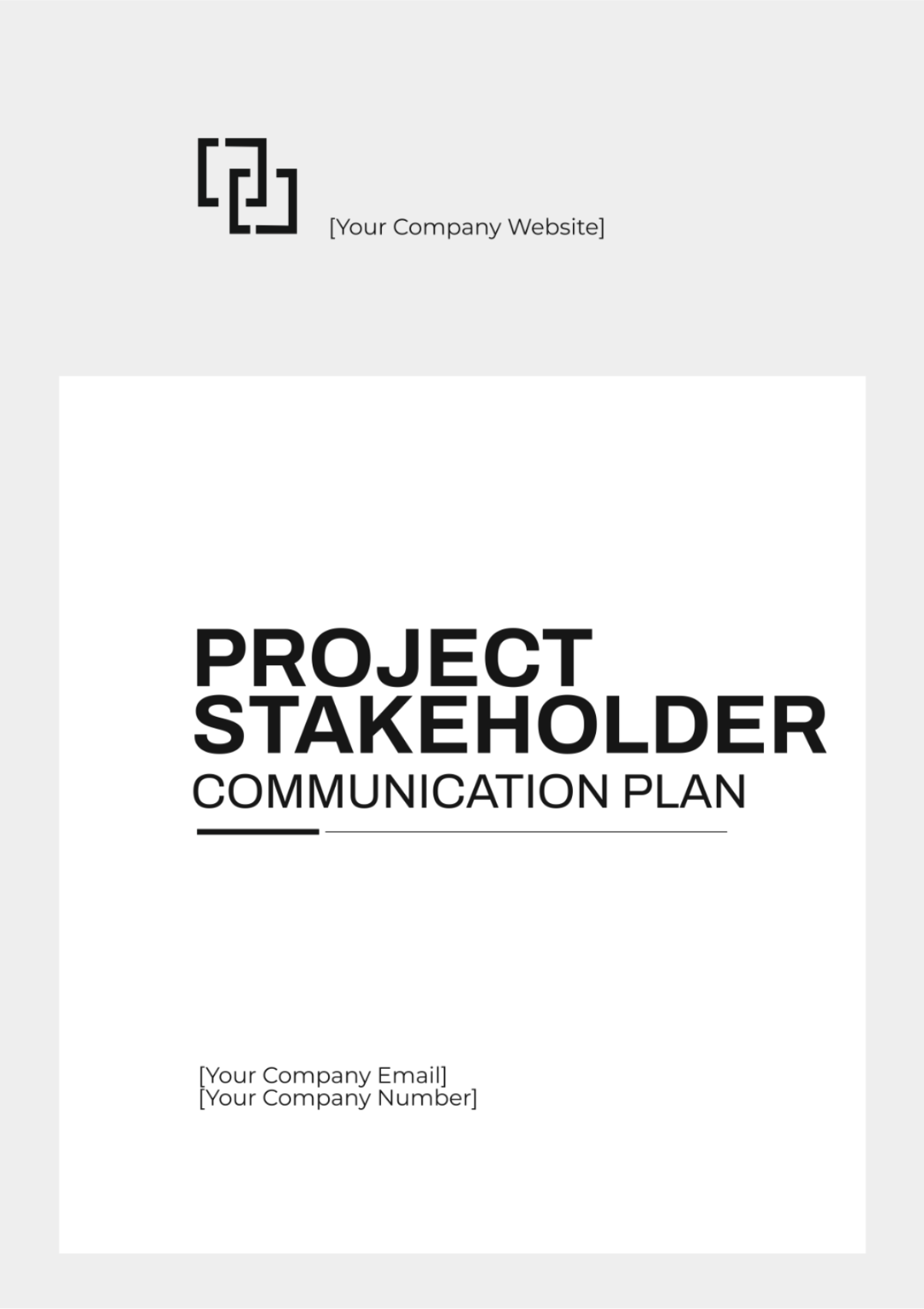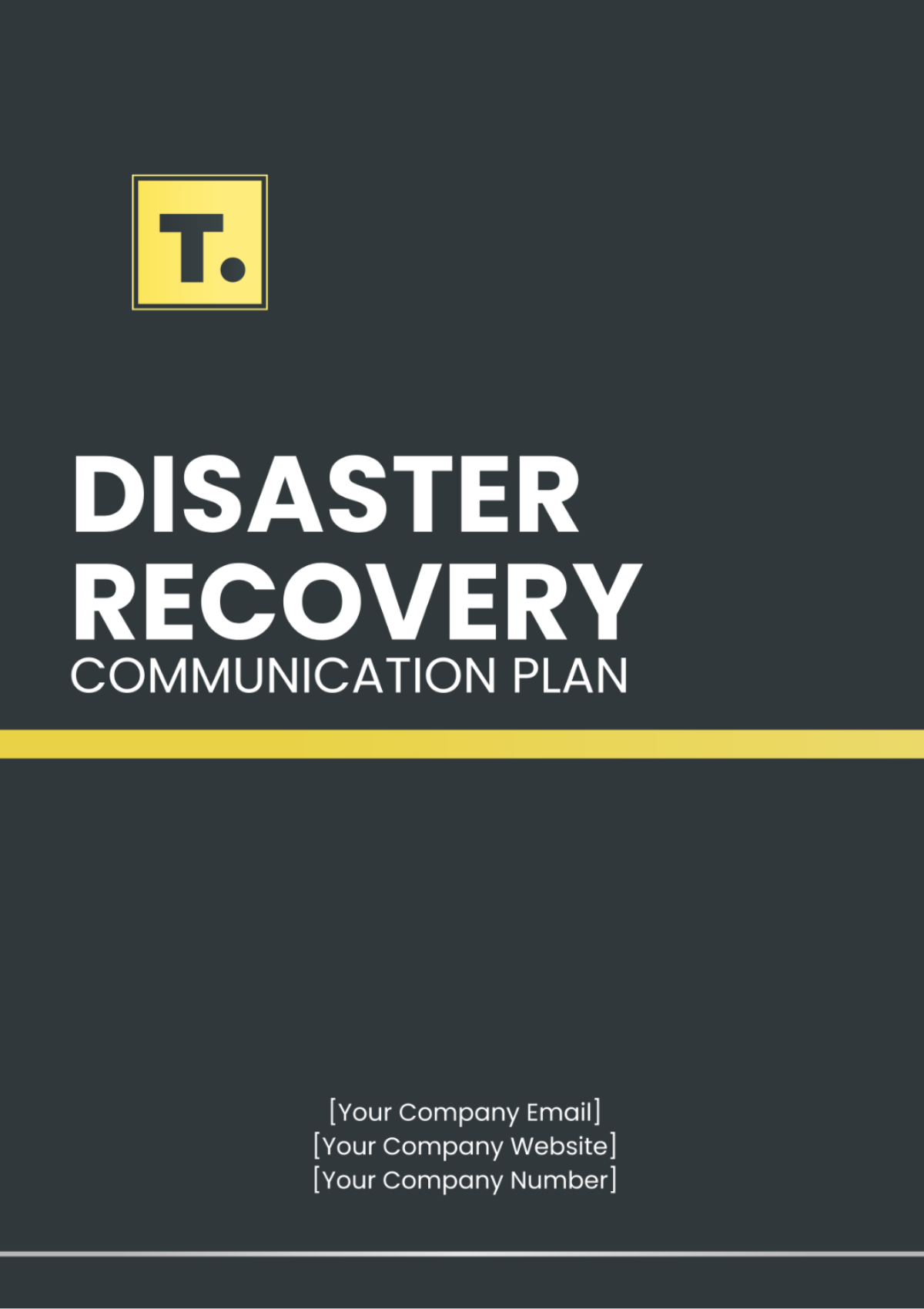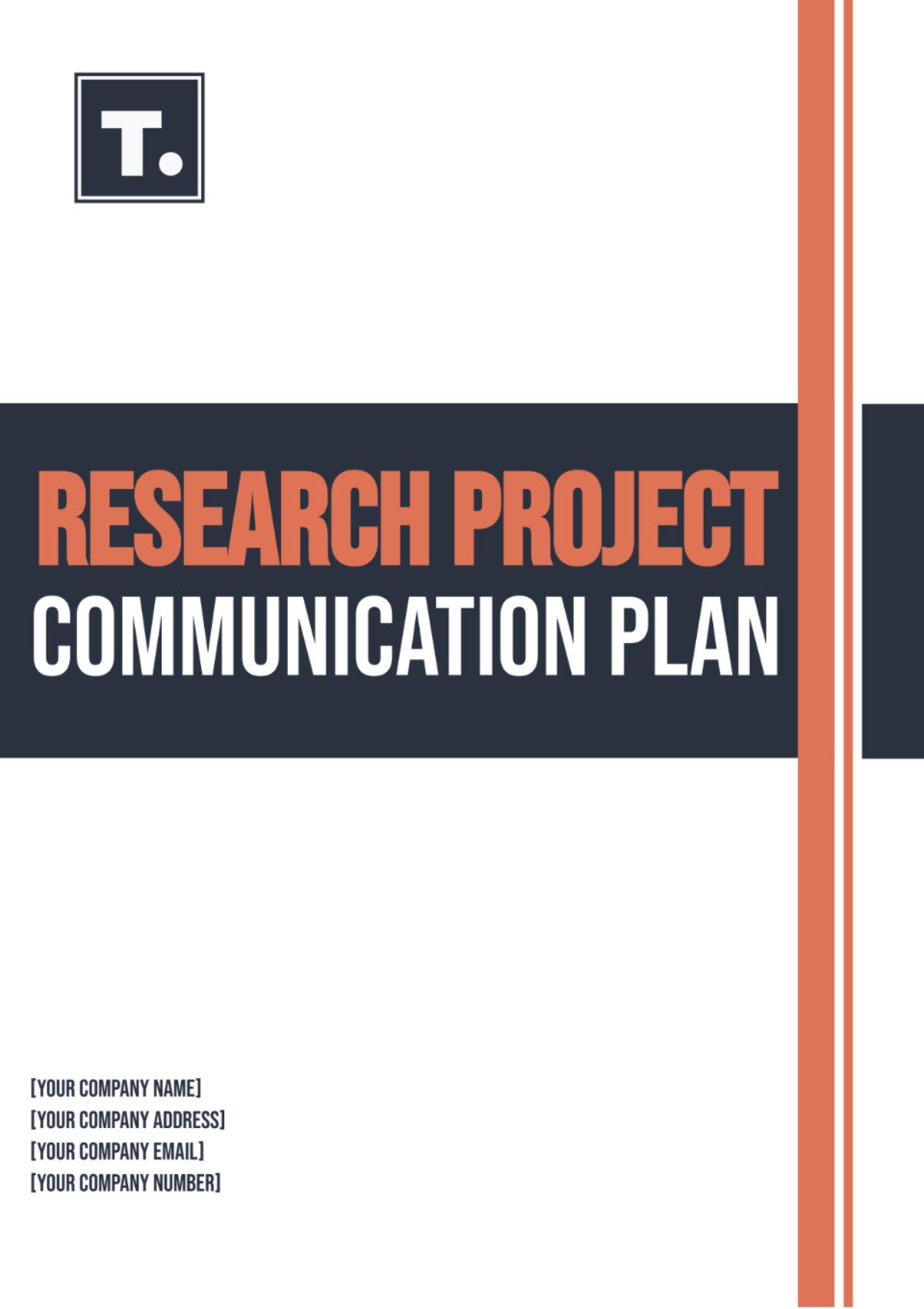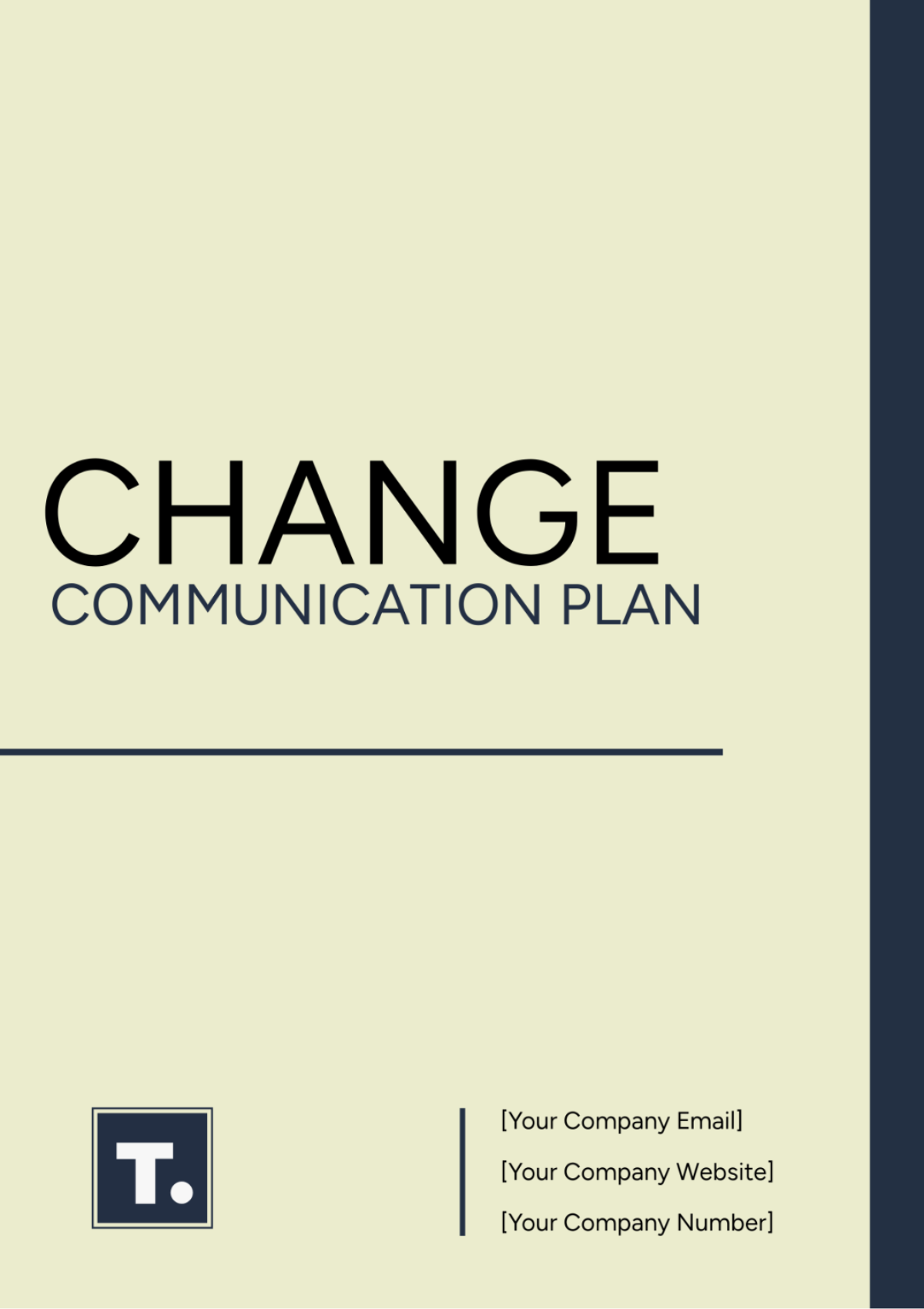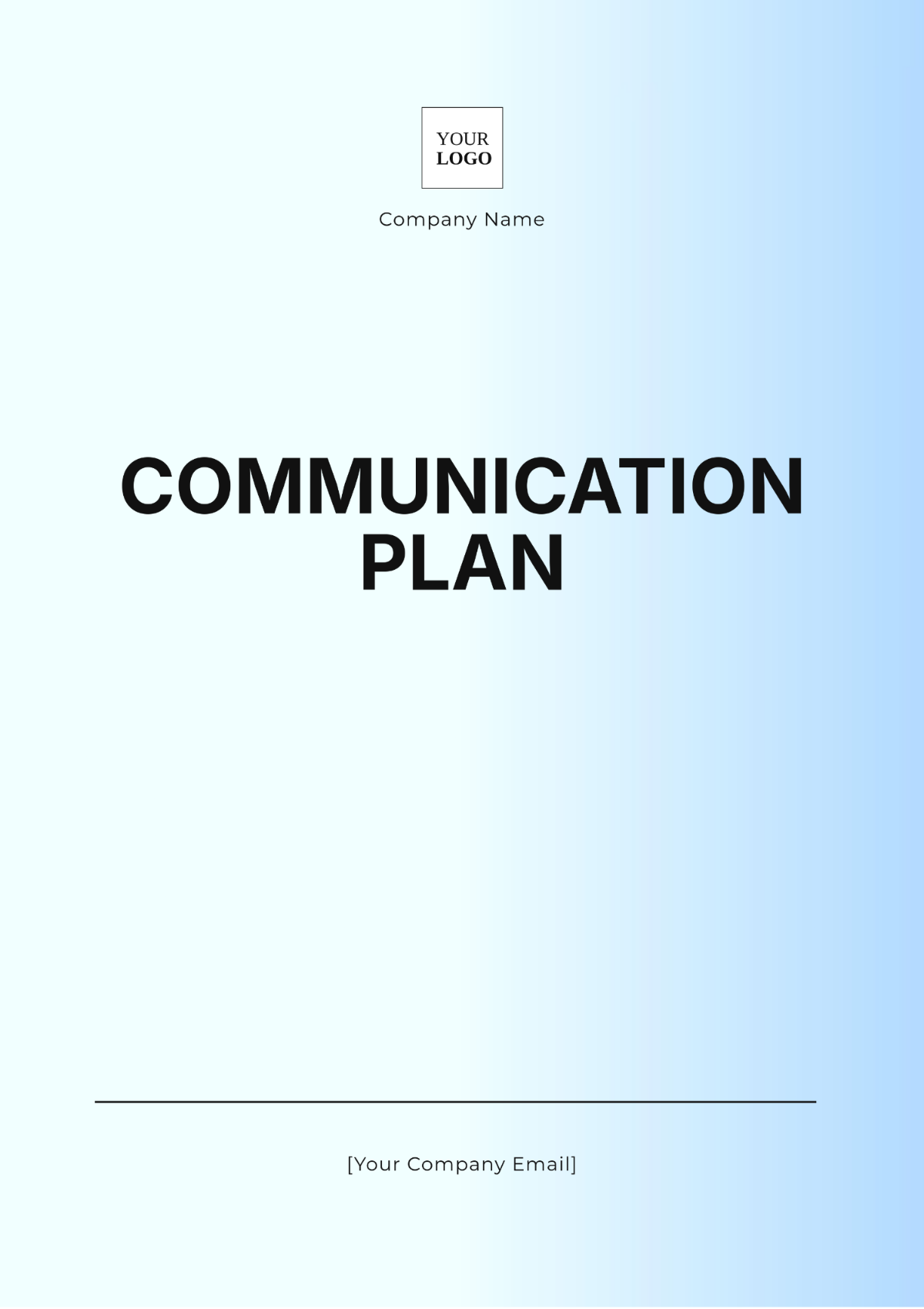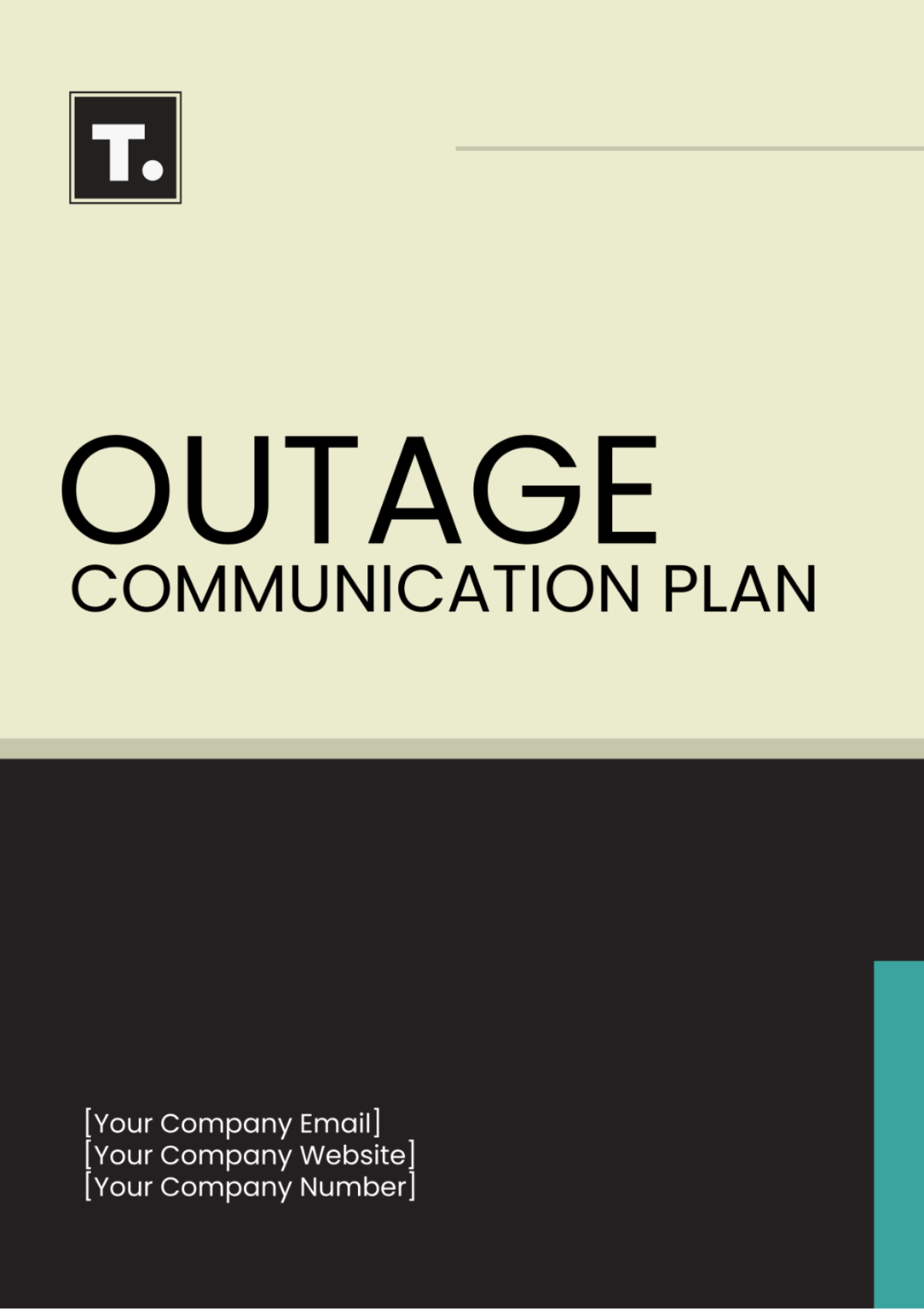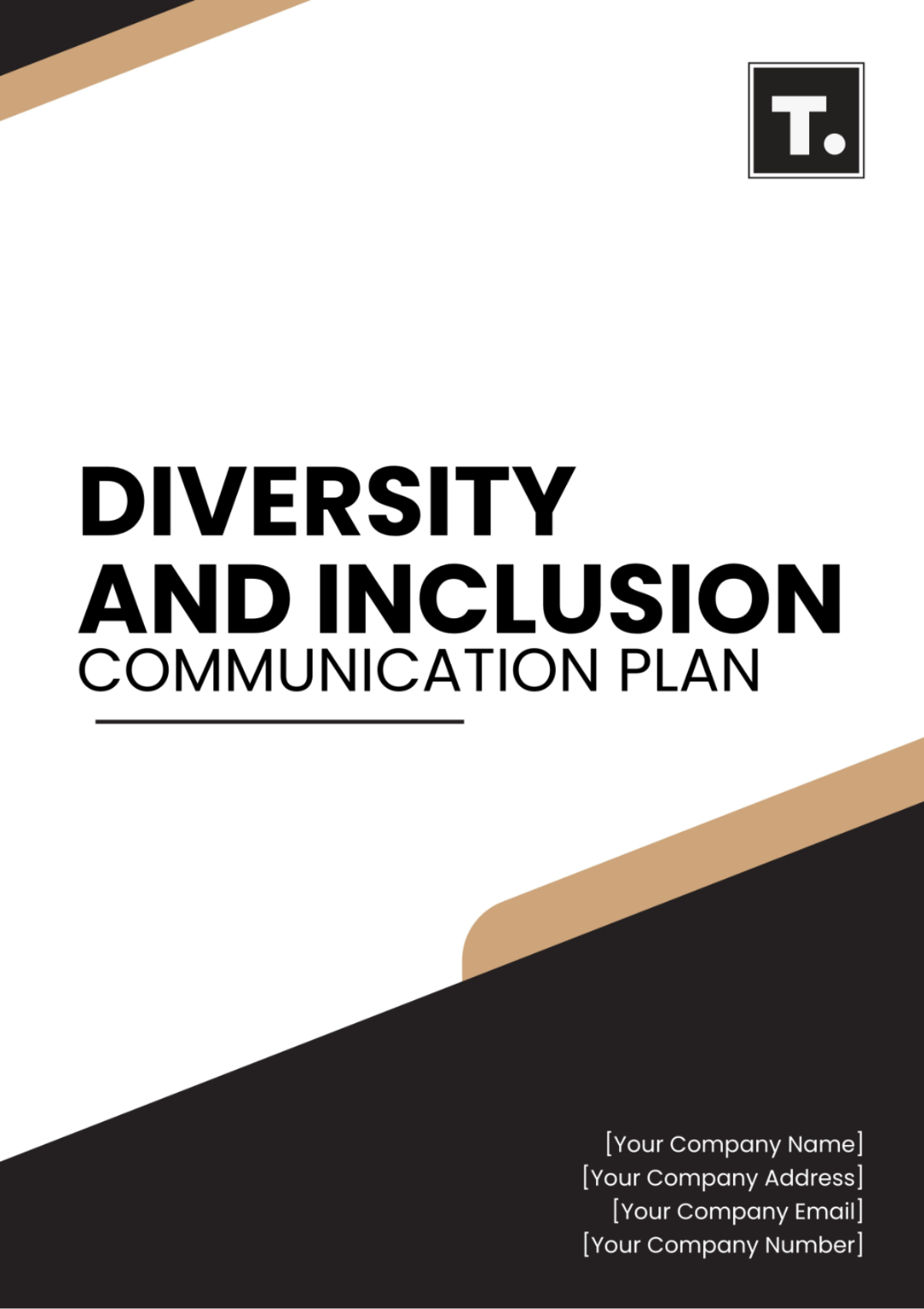Free Project Communication Plan Template
Project Communication Plan
I. Introduction
Regular Status Meetings are a fundamental component of the project communication strategy aimed at ensuring effective collaboration, transparency, and alignment among project stakeholders. This document outlines the objectives, frequency, participants, agenda, and other pertinent details related to Regular Status Meetings within the project.
II. Objectives
Provide updates on project progress, milestones, and deliverables.
Identify and address any issues or challenges hindering project success.
Foster collaboration, communication, and teamwork among project team members.
Ensure alignment between project goals and stakeholder expectations.
III. Frequency
Regular Status Meetings will be held bi-weekly to maintain a consistent communication cadence throughout the project lifecycle. The frequency may be adjusted based on project needs, with the possibility of additional ad-hoc meetings as necessary to address urgent matters.
IV. Participants
Project Manager: Facilitates the meeting, provides updates, and addresses any project-related issues.
Project Team Members: Provide updates on their respective tasks, raise concerns, and collaborate on solutions.
Project Sponsors: Receive updates on project progress and make informed decisions regarding resource allocation and project direction.
Clients or Customers: Stay informed about project status, provide feedback, and ensure deliverables meet their requirements.
Other Relevant Stakeholders: Depending on the project scope, other stakeholders such as vendors, regulatory bodies, or subject matter experts may be invited to participate as needed.
V. Agenda
Each Regular Status Meeting will follow a predefined agenda to ensure consistency and efficiency. The agenda will include the following items:
Welcome and Introductions
Review of Action Items from Previous Meeting
Project Progress Update
Discussion of Key Milestones and Deliverables
Identification of Issues, Risks, and Dependencies
Decision Points and Problem-Solving
Next Steps and Action Items
Closing Remarks
VI. Documentation and Follow-Up
Meeting minutes will be recorded during each Regular Status Meeting to document key discussions, decisions, and action items. These minutes will be circulated to all participants promptly after the meeting for review and confirmation. Any unresolved issues or action items will be tracked and followed up on in subsequent meetings until resolution.
Additionally, a centralized repository will be maintained to archive meeting minutes, agendas, and other relevant documents for future reference. This documentation will serve as a valuable resource for maintaining accountability, tracking progress, and ensuring continuity of communication throughout the project lifecycle.
VII. Communication Channels
Email: Email will serve as the primary channel for formal communication, such as sharing important announcements, distributing project documents, and providing detailed updates on project progress or changes. It allows for documentation of communication and ensures that messages are archived for future reference.
Project Management Software: The project management software platform (e.g., Asana, Trello, Jira) will be used for task management, scheduling, and tracking project progress. Team members will have access to project timelines, task assignments, and milestones, enabling them to stay informed about project activities and deadlines. Additionally, the software facilitates collaboration through features like commenting, file sharing, and notifications.
Instant Messaging: Instant messaging platforms (e.g., Slack, Microsoft Teams) will be utilized for quick and informal communication among team members. It provides a convenient means for asking questions, seeking clarification, and exchanging brief updates in real time. Team members can create dedicated channels for specific topics or workstreams to streamline communication and minimize distractions.
Virtual Meetings: Aside from Regular Status Meetings, ad-hoc virtual meetings may be scheduled as needed to address urgent issues, conduct brainstorming sessions, or hold discussions requiring immediate attention. Video conferencing software (e.g., Zoom, Microsoft Teams, Google Meet) will be used to facilitate these virtual meetings, allowing participants to engage face-to-face regardless of their physical location.
Document Collaboration Tools: Collaboration tools such as Google Drive, Microsoft SharePoint, or Dropbox will be employed for collaborative document editing and version control. Team members can work together in real time on documents such as project plans, reports, and presentations, ensuring that everyone has access to the latest information and can contribute to the development of project deliverables.
